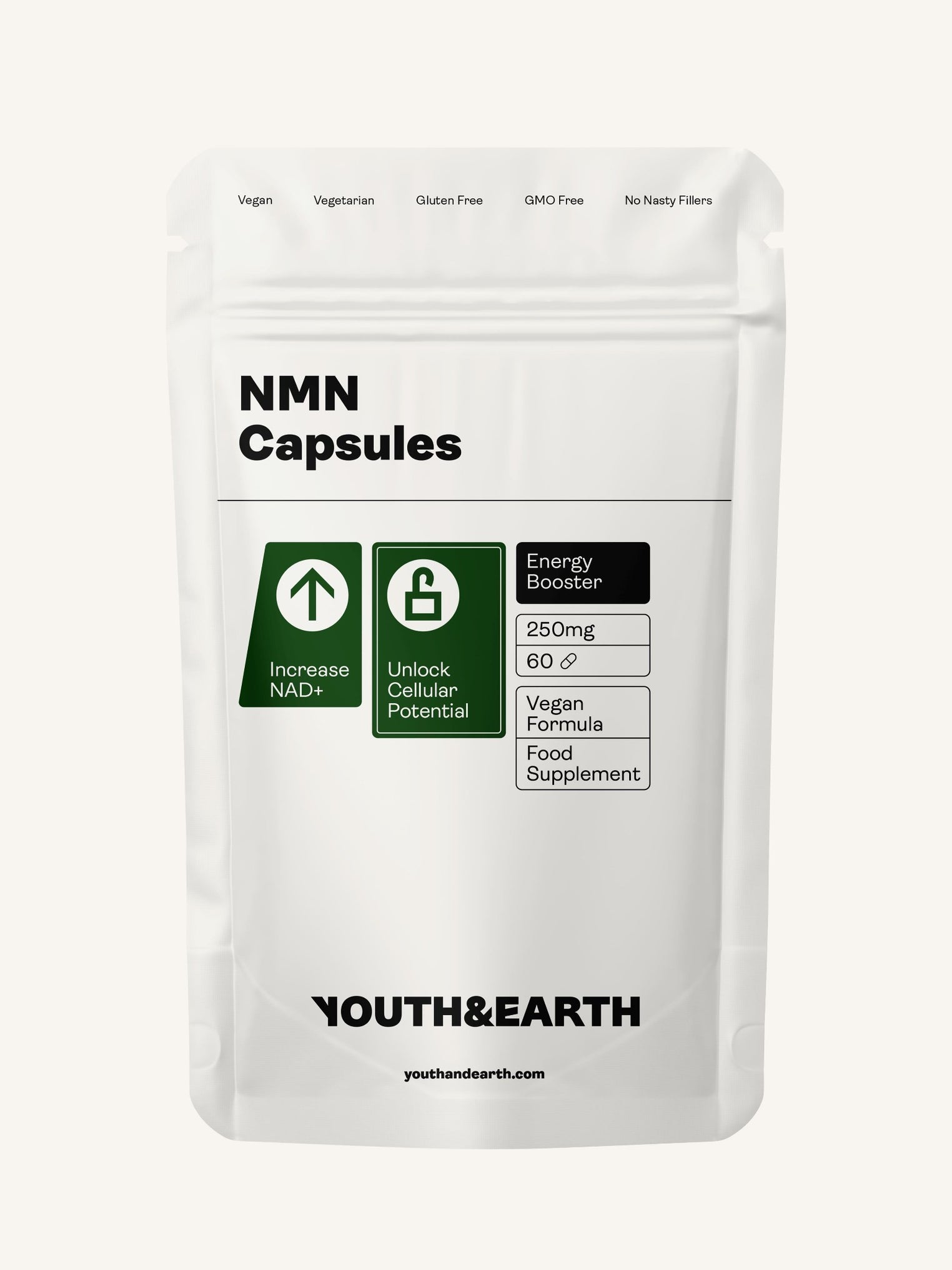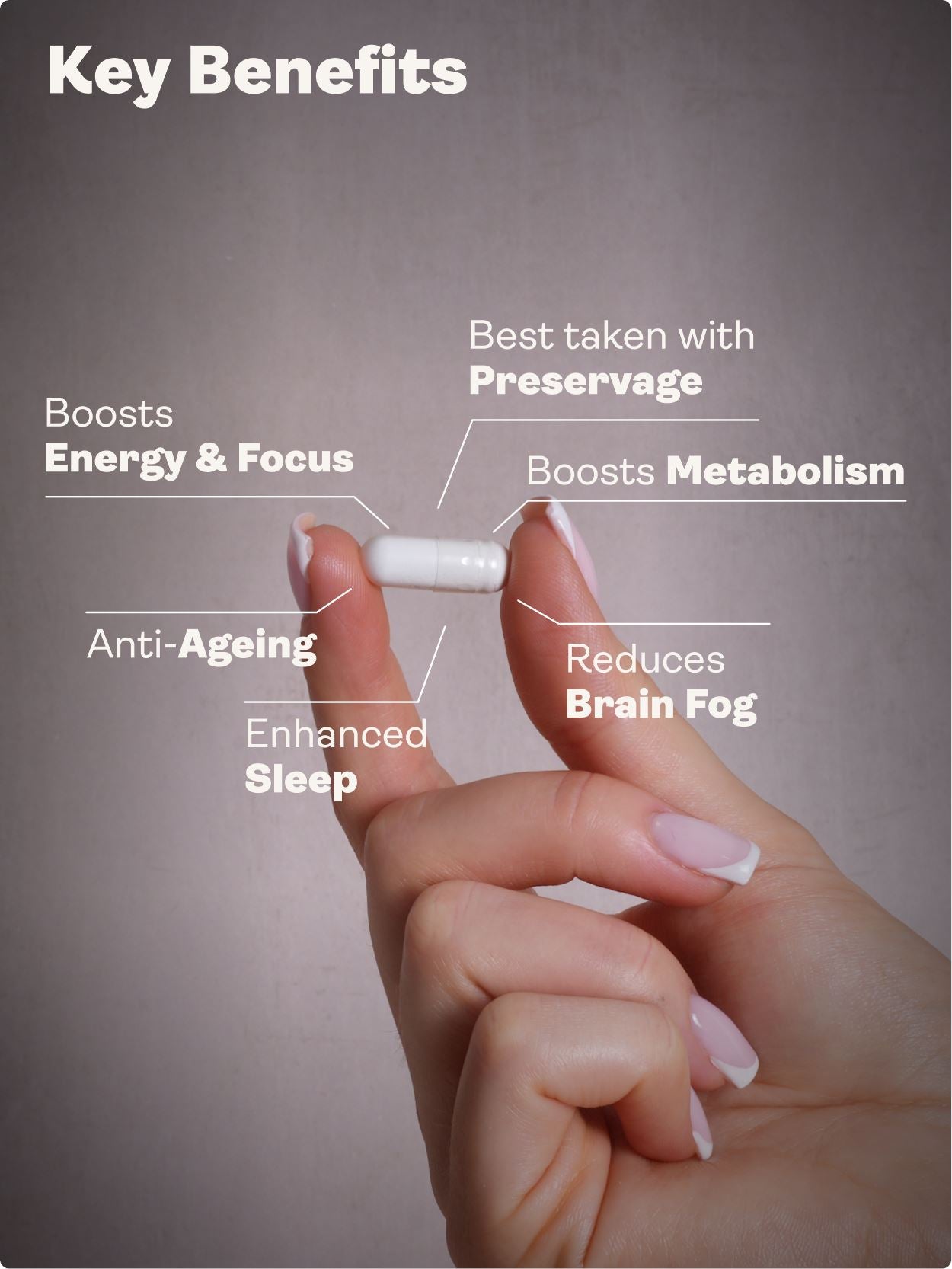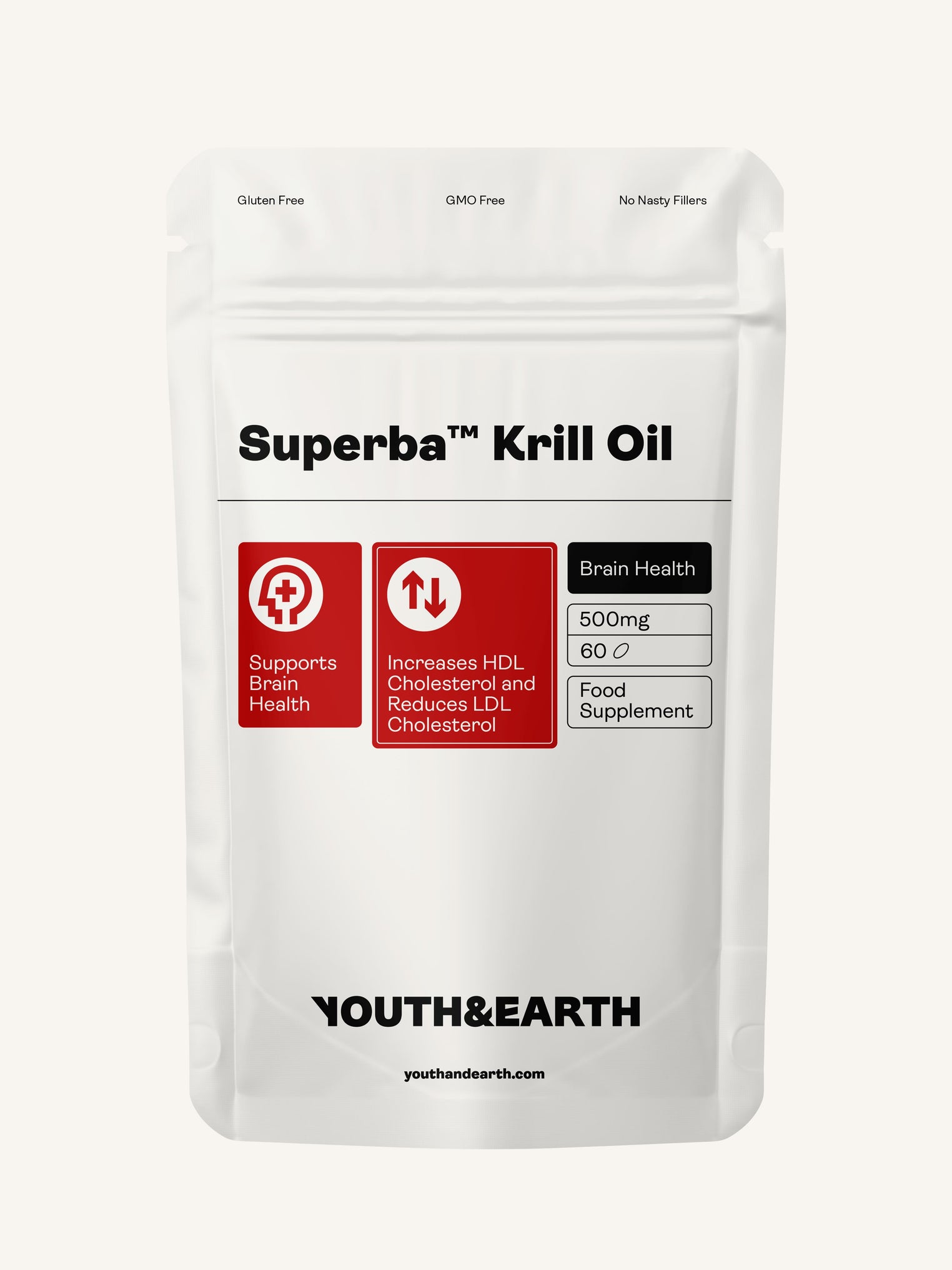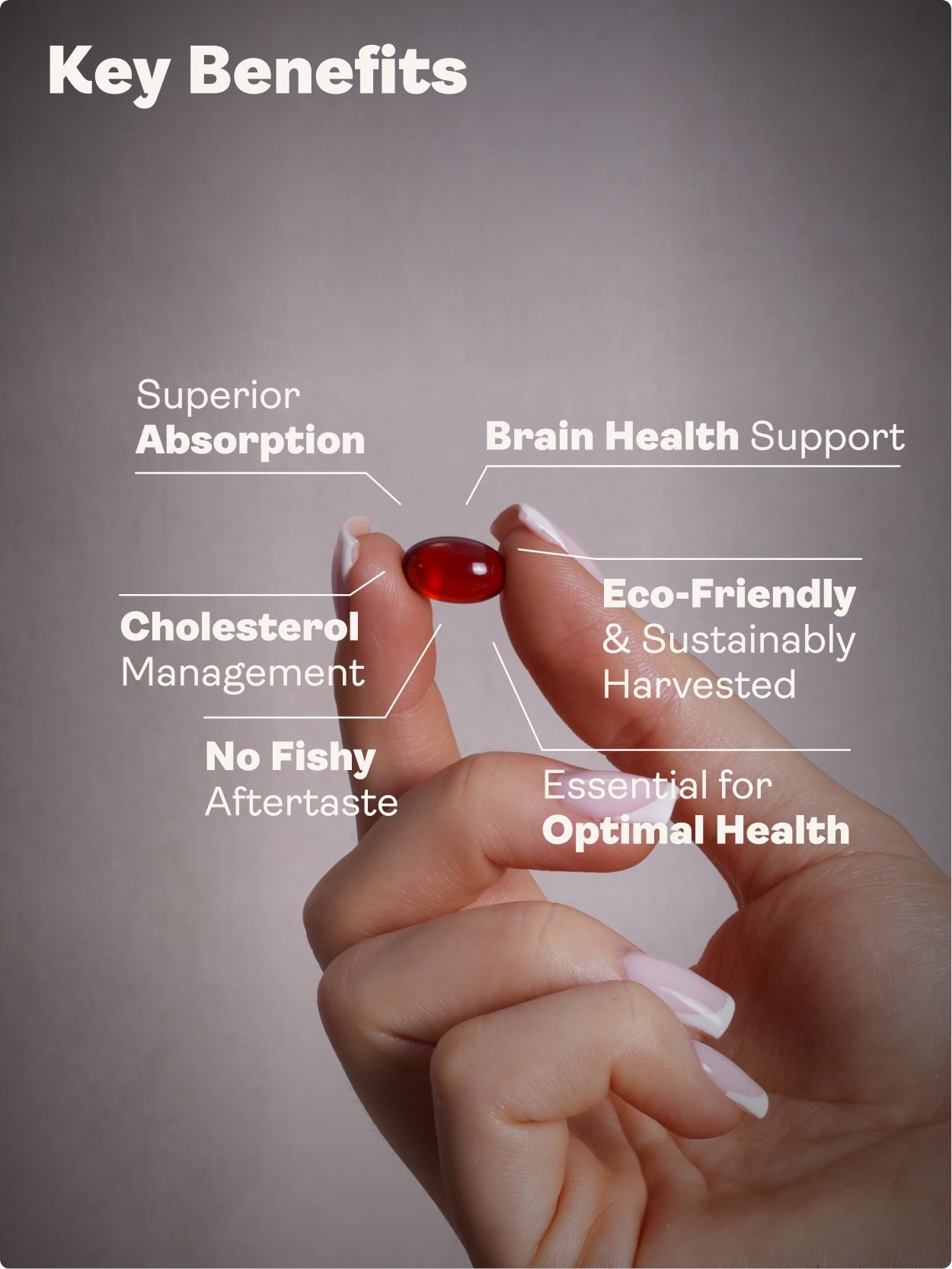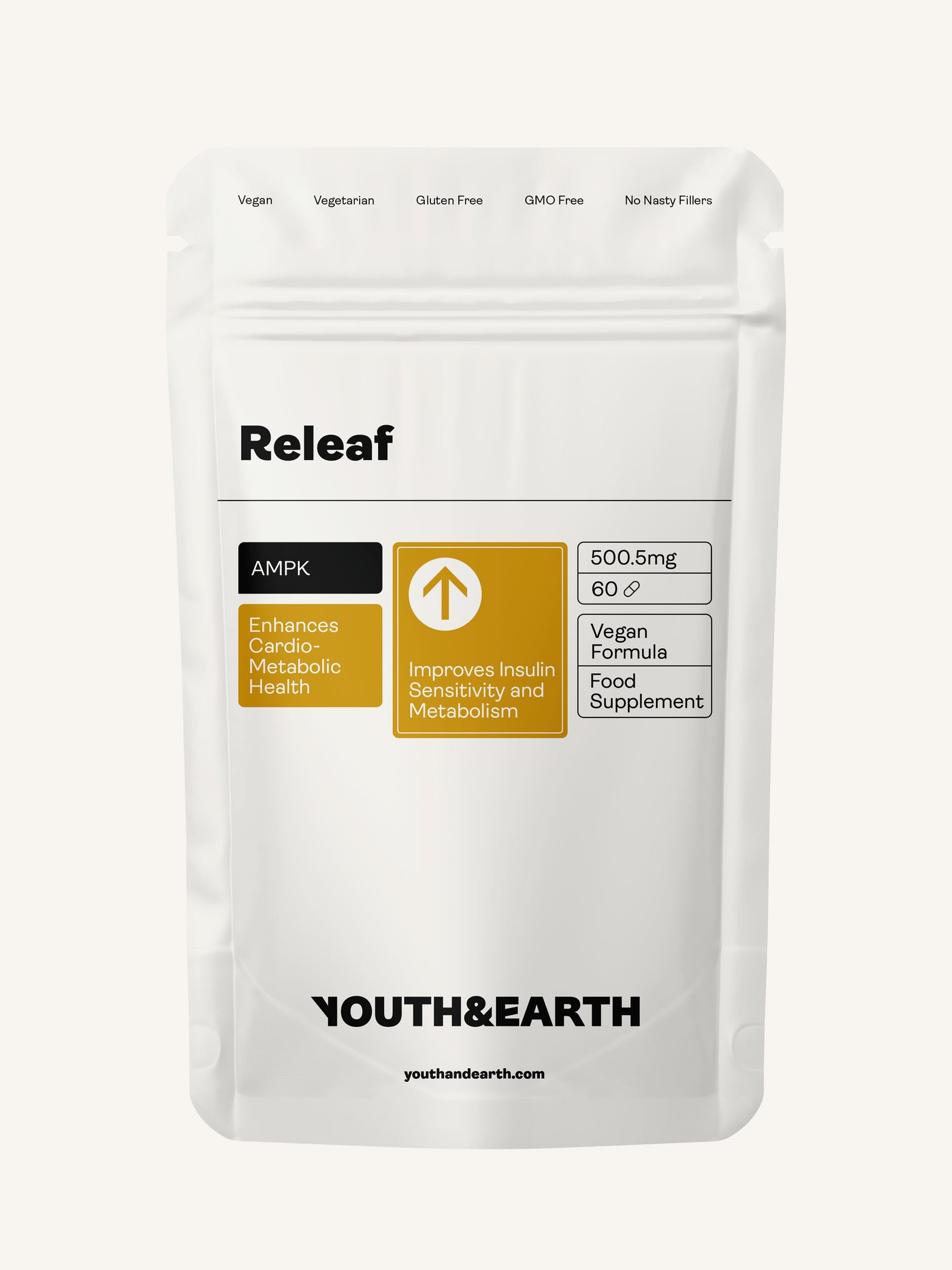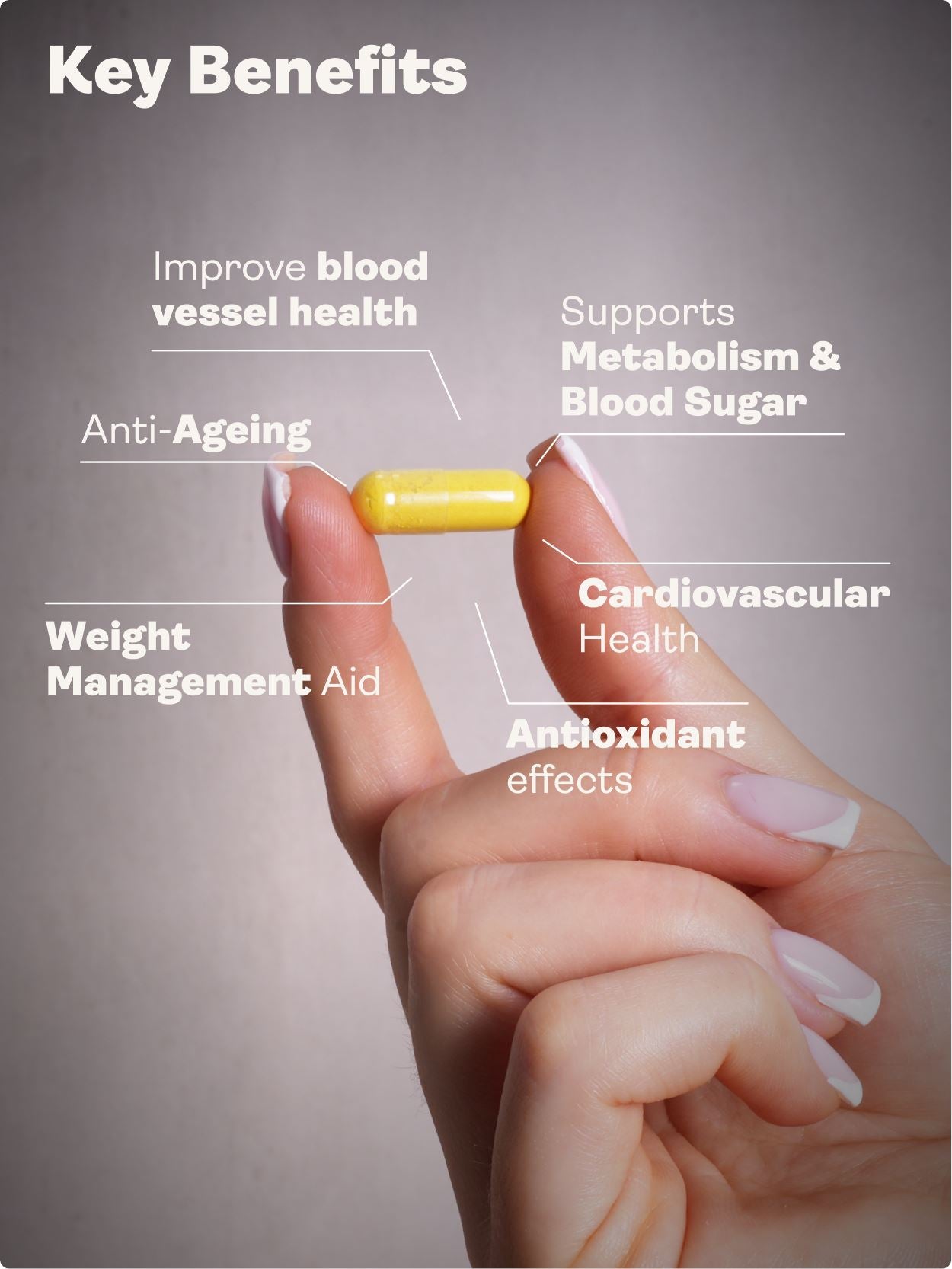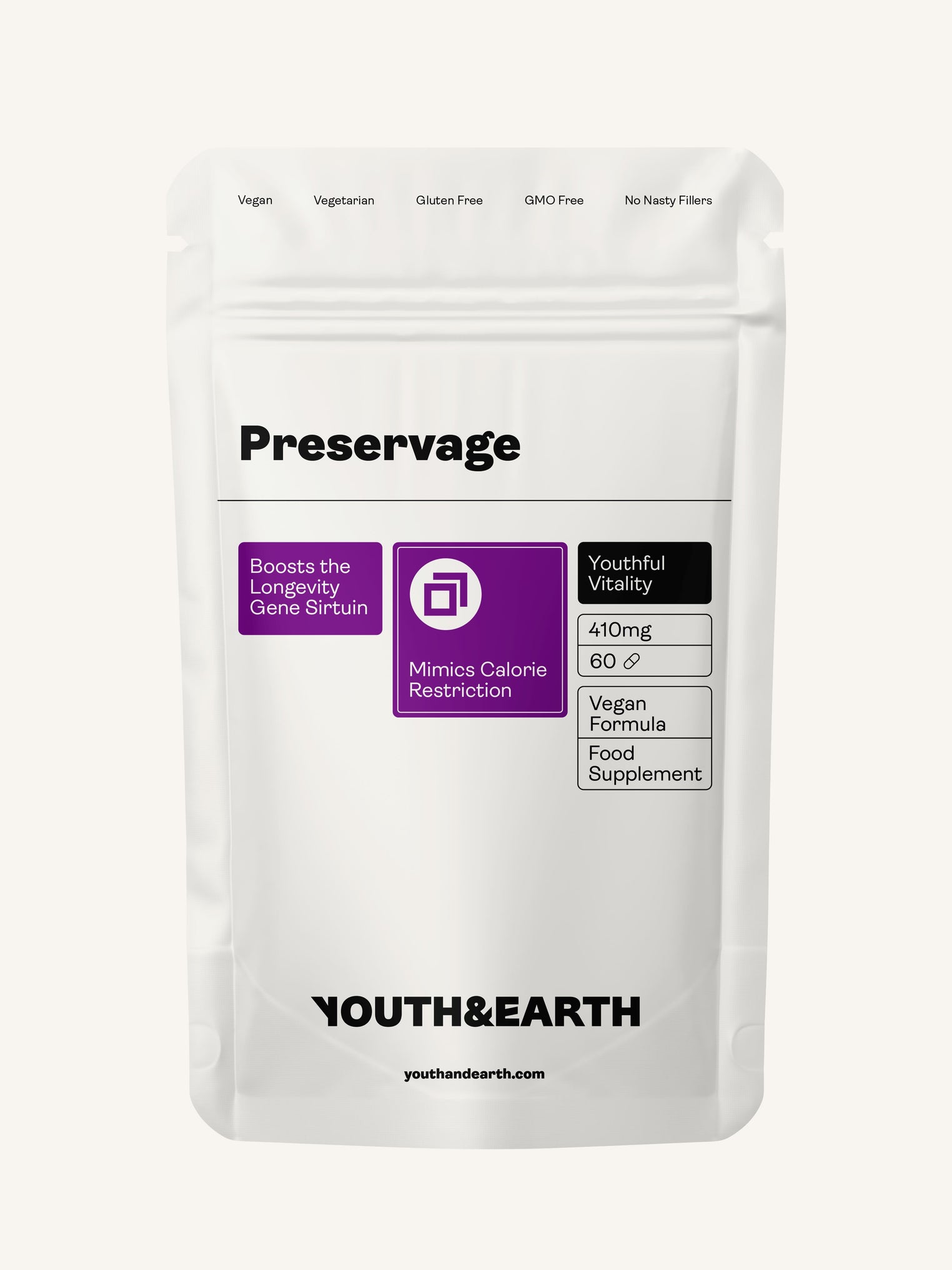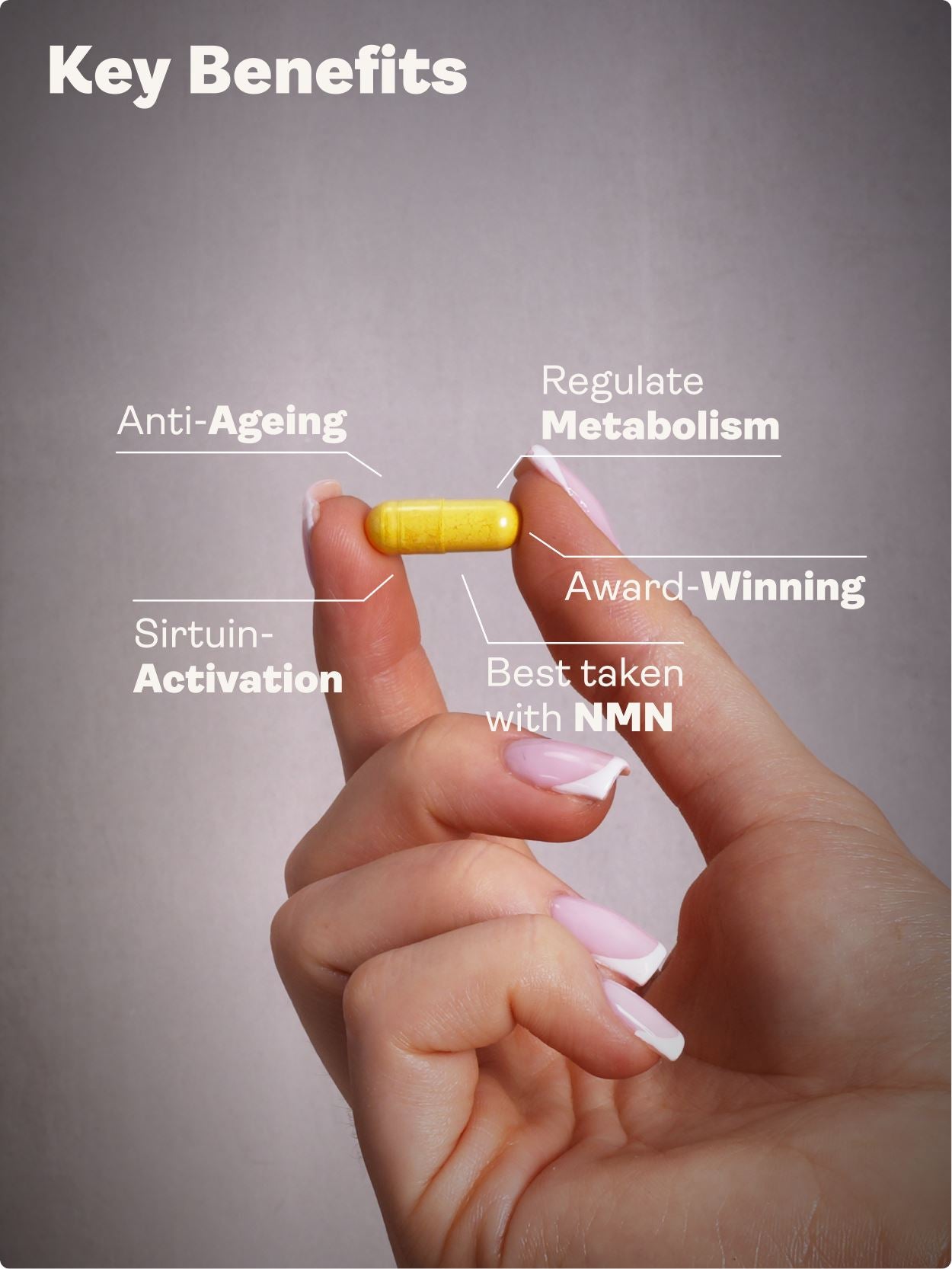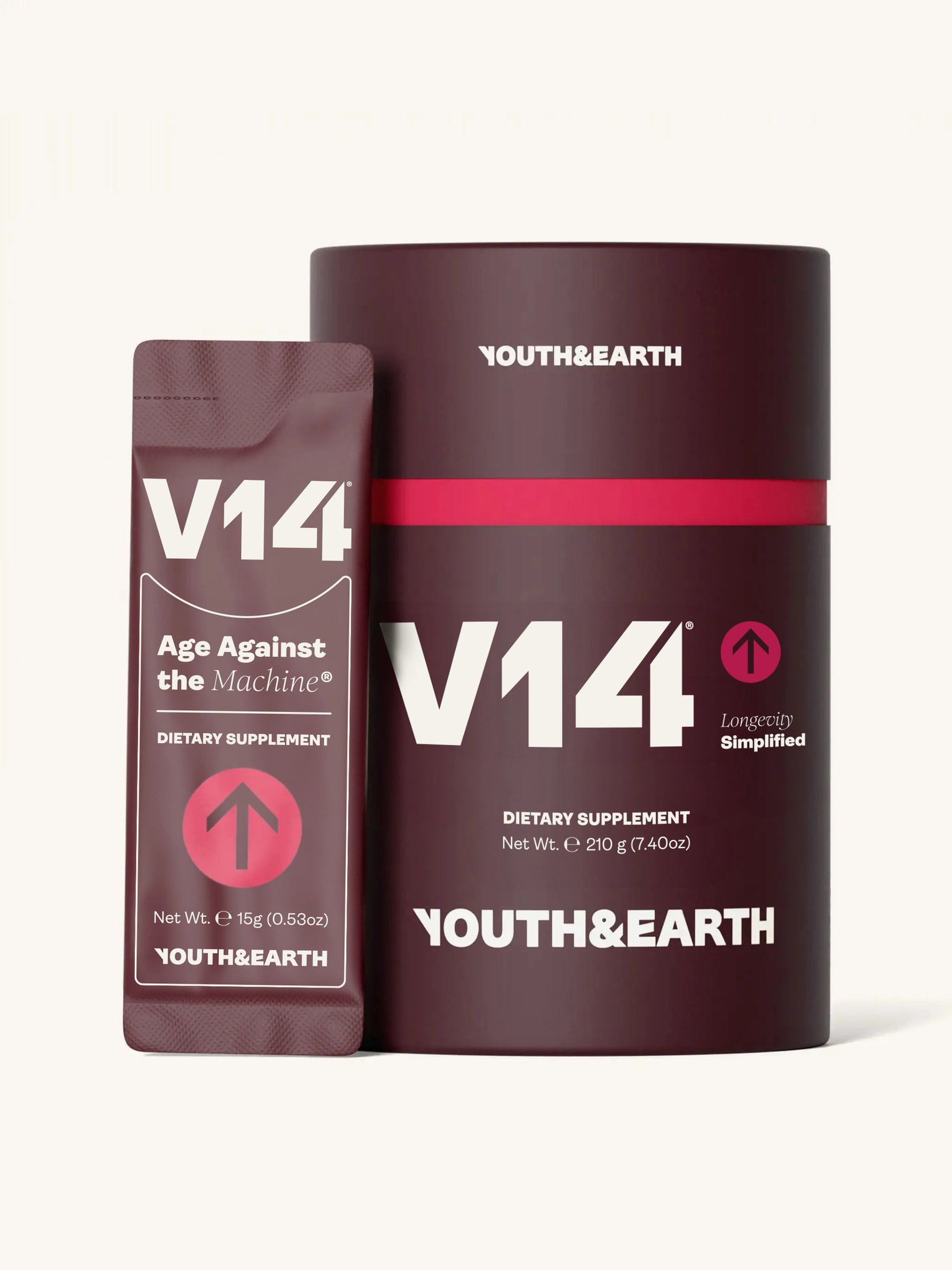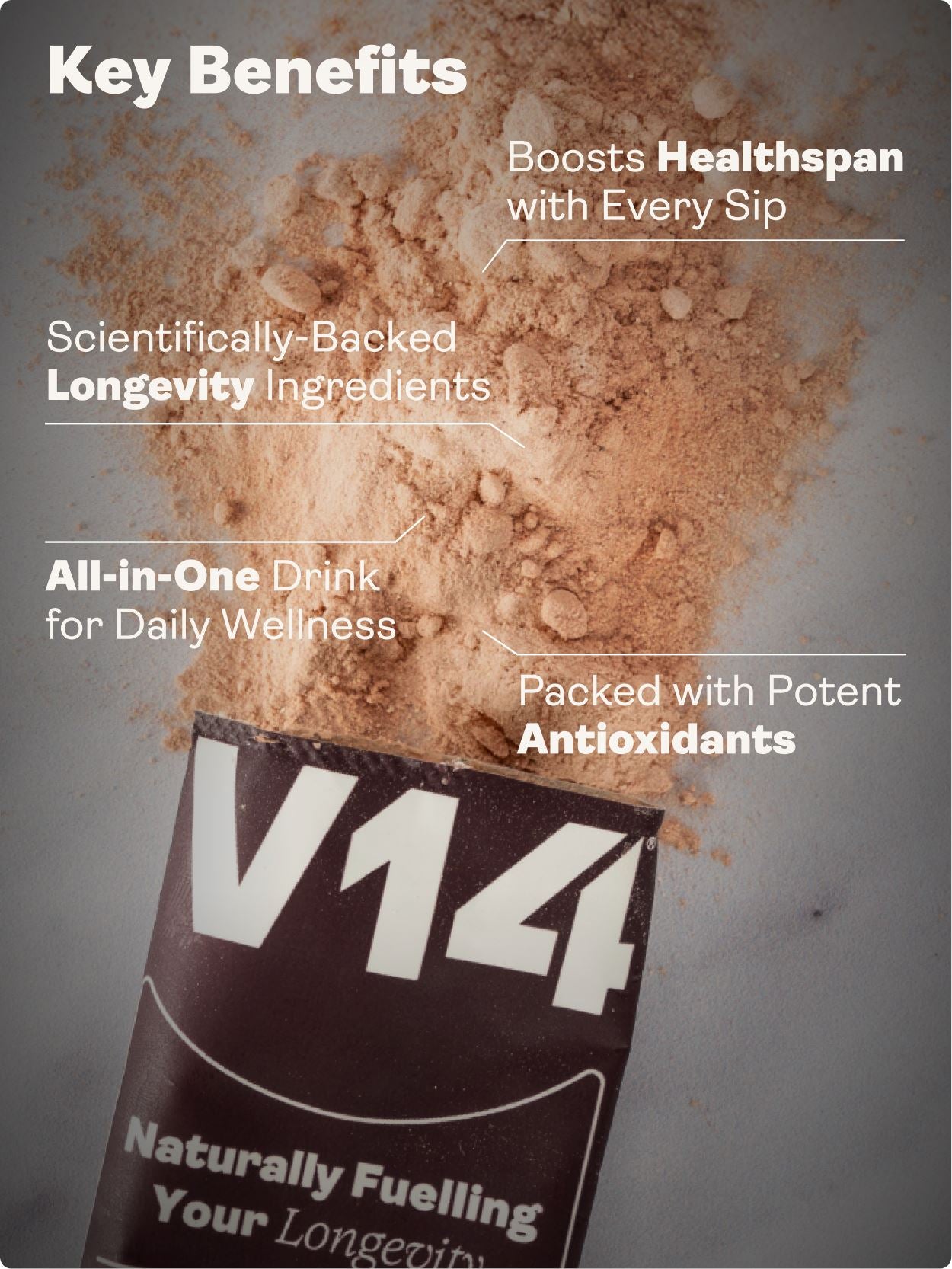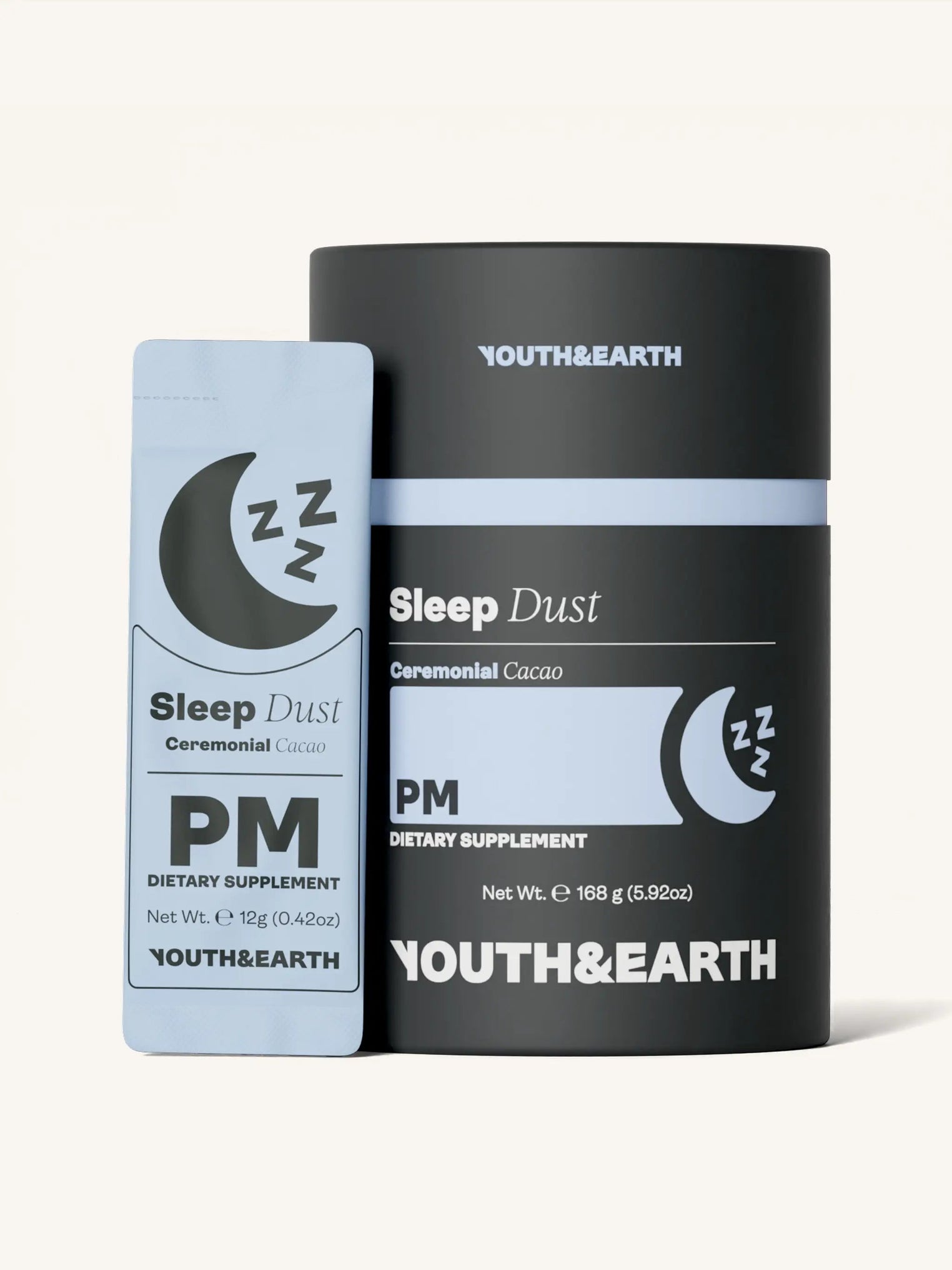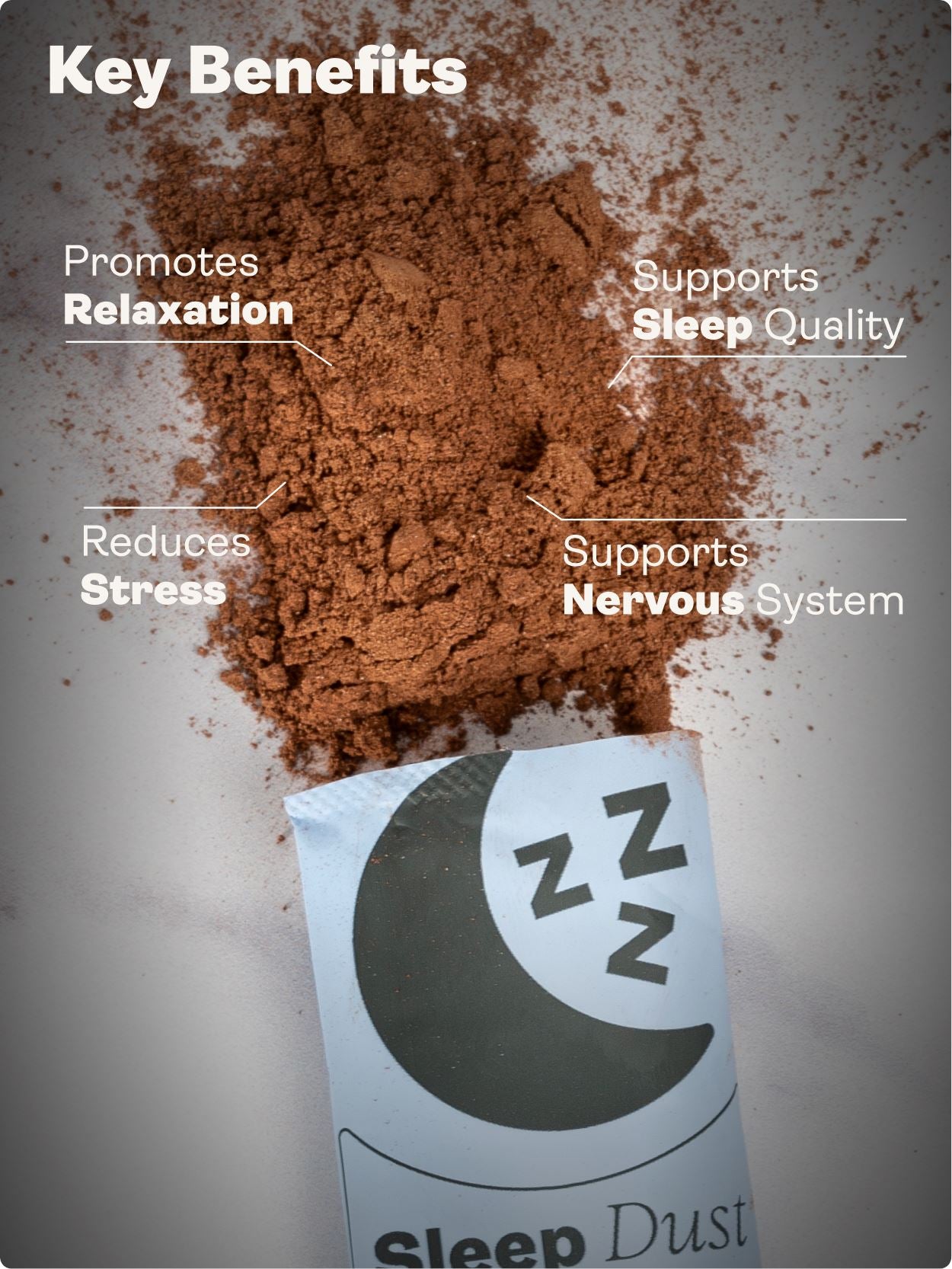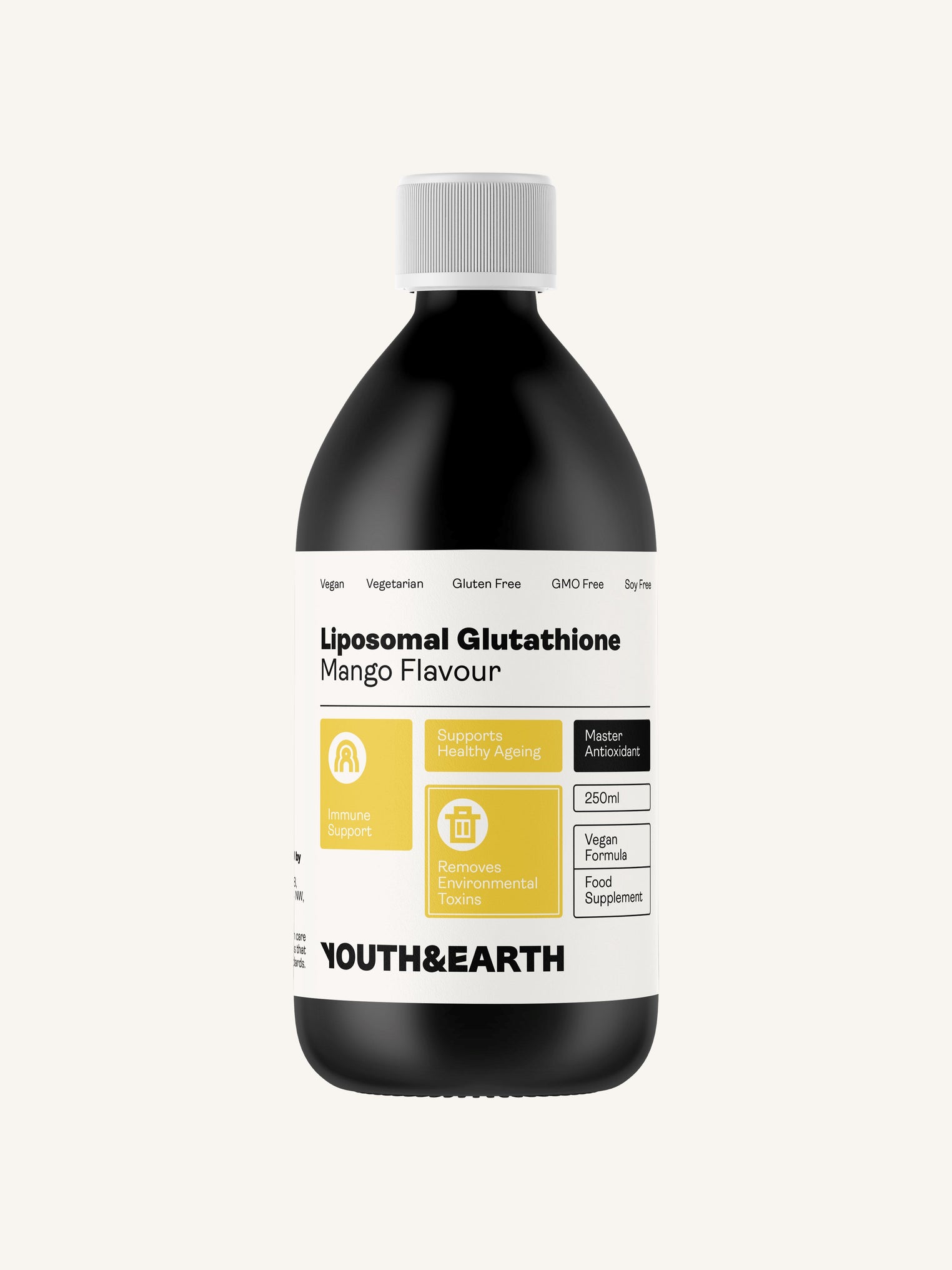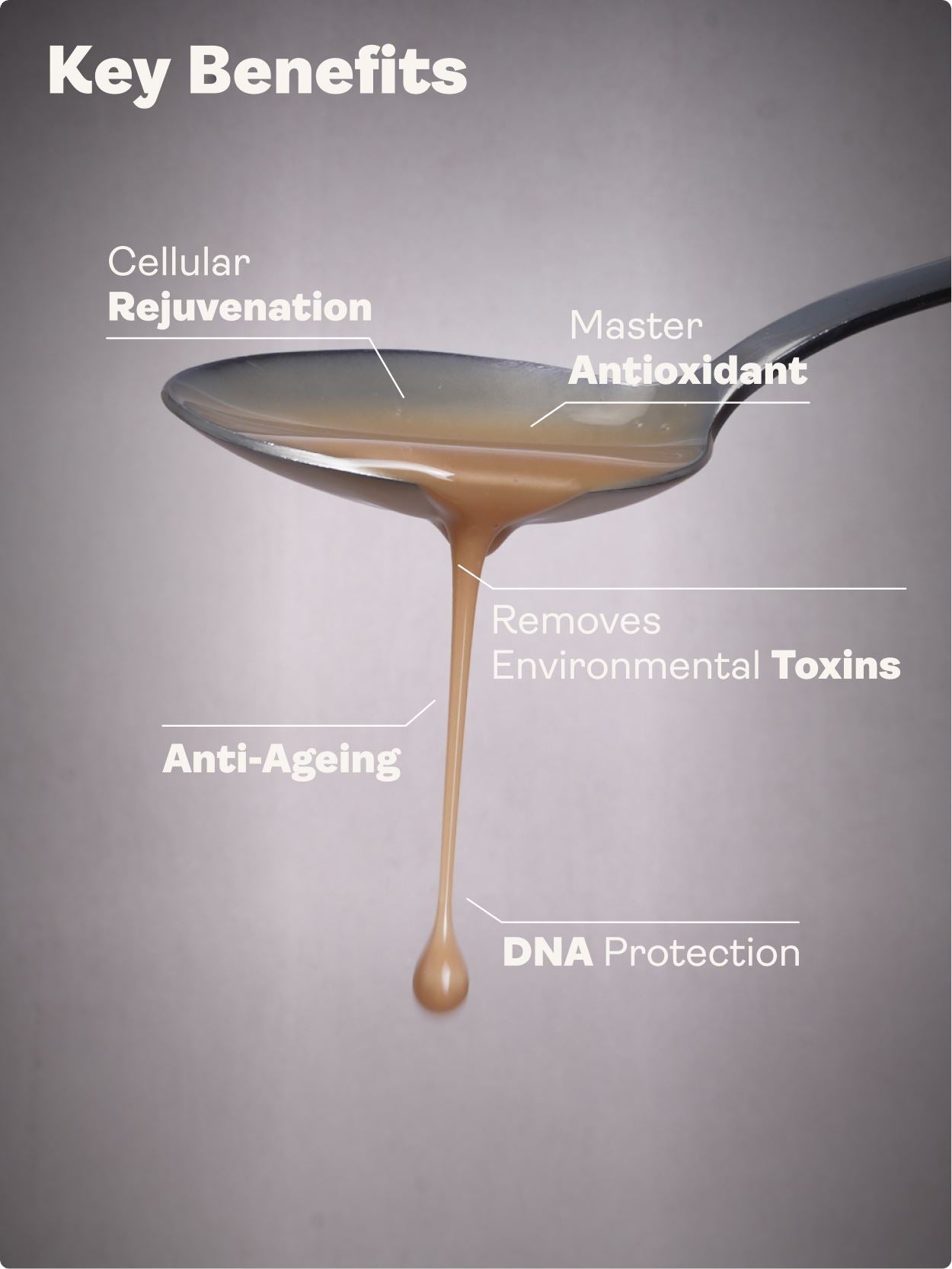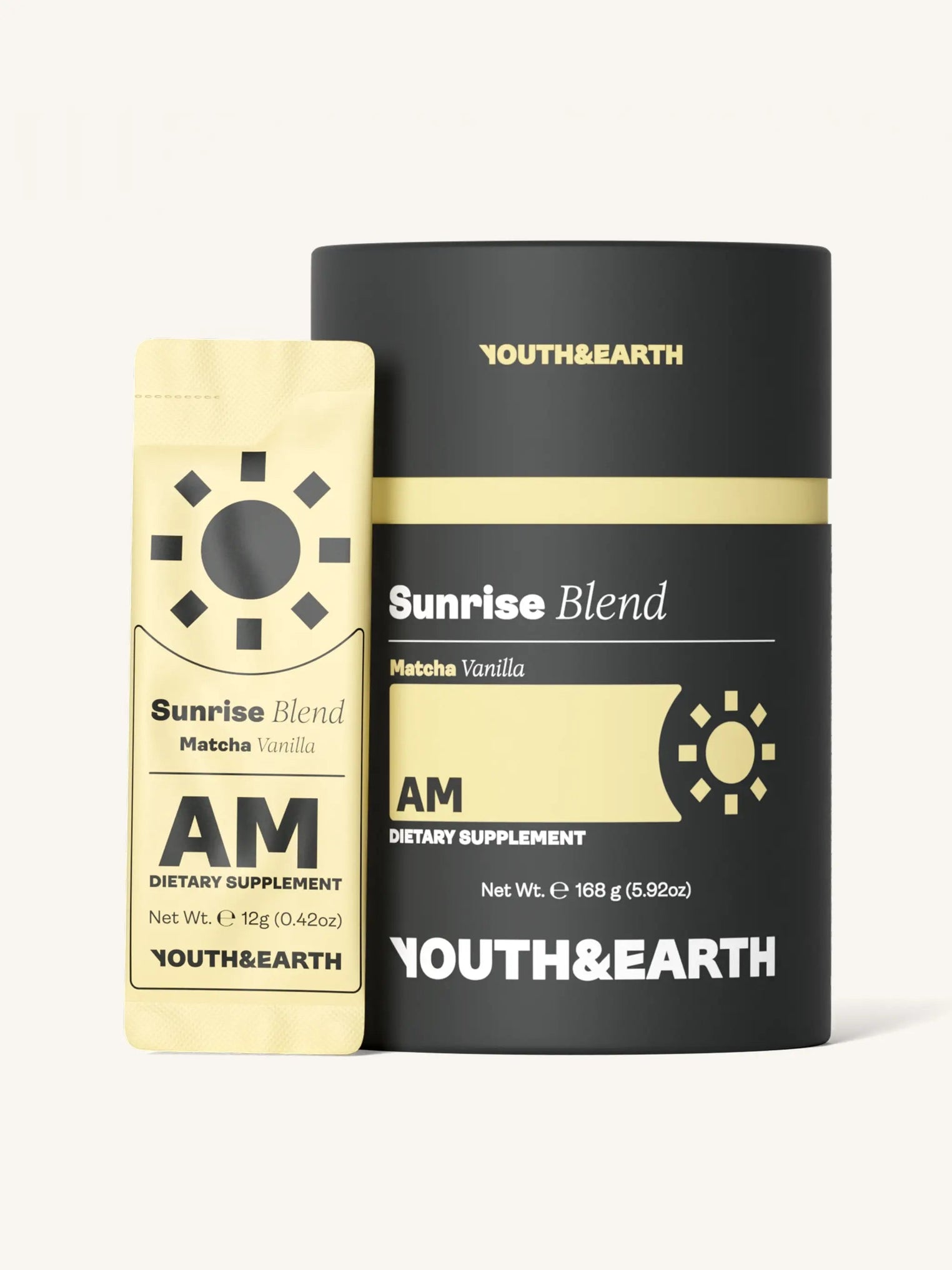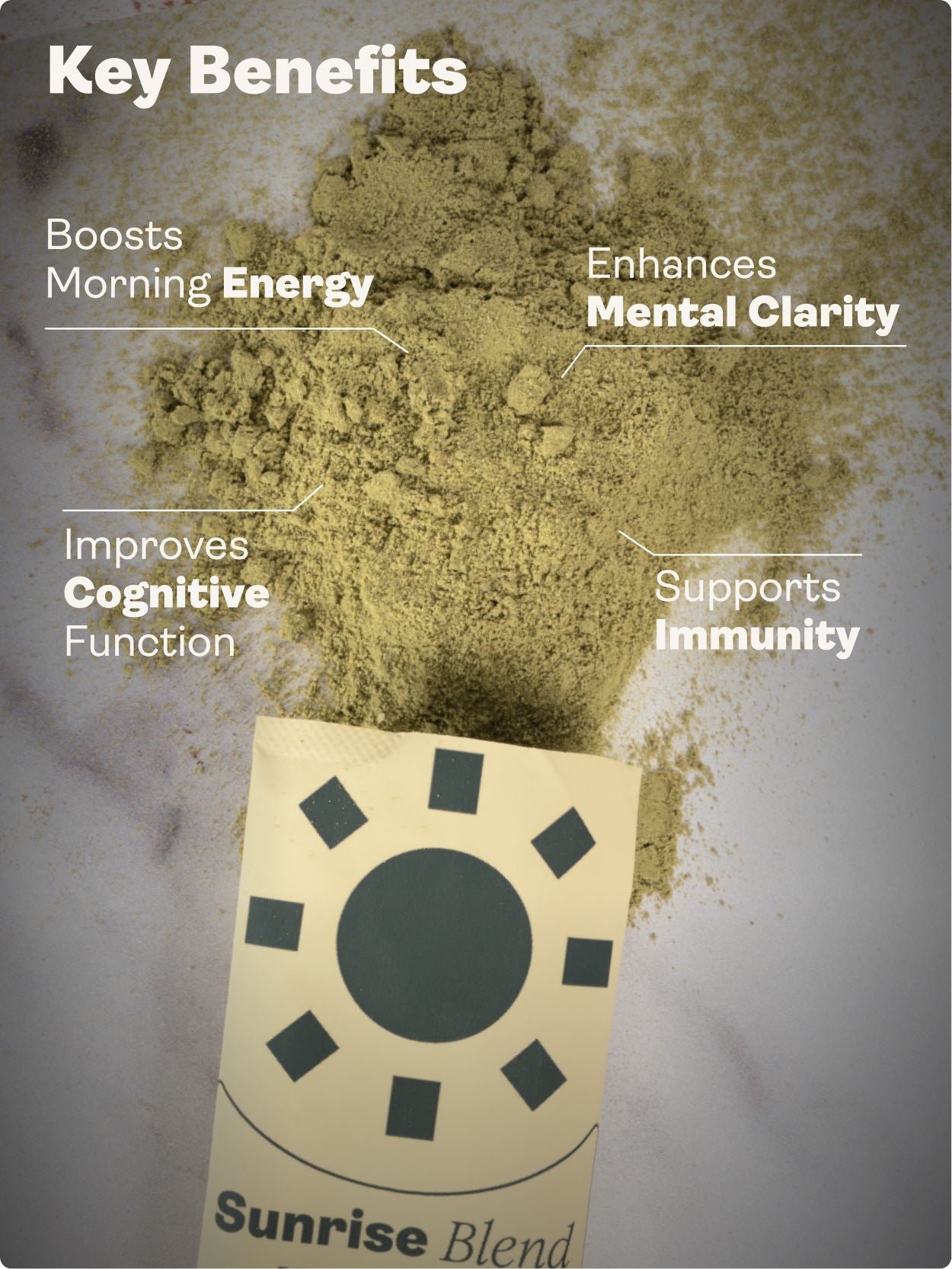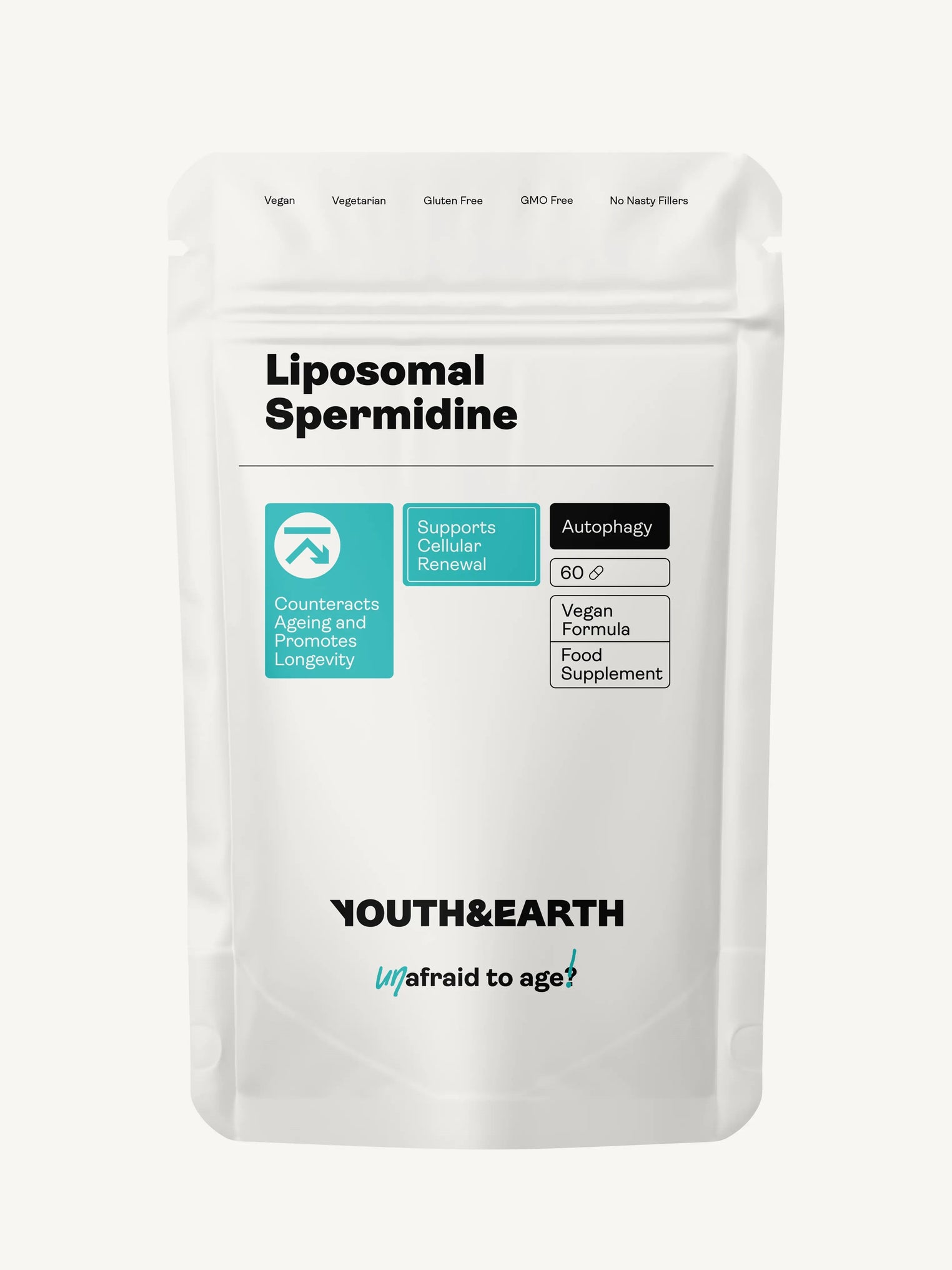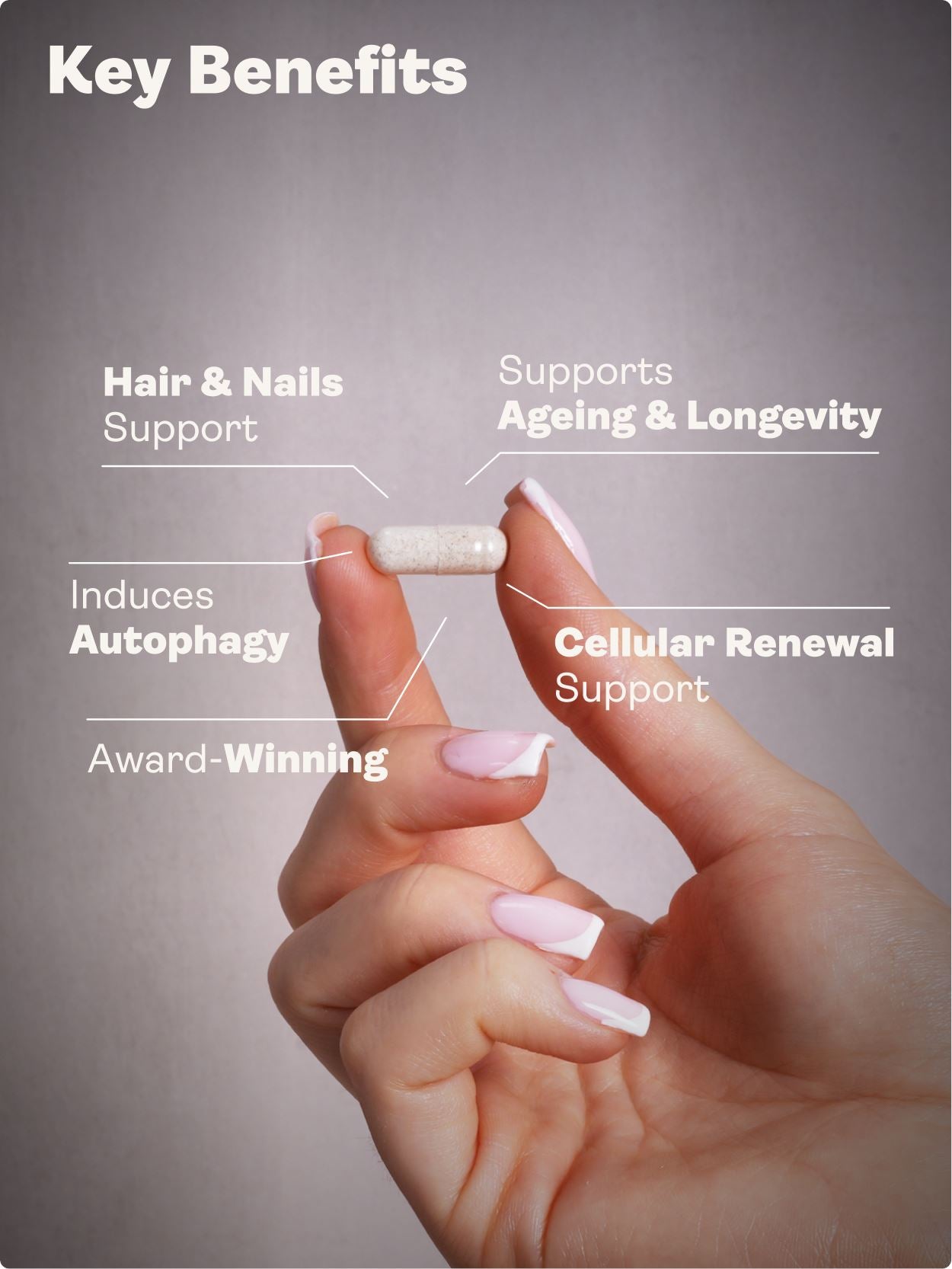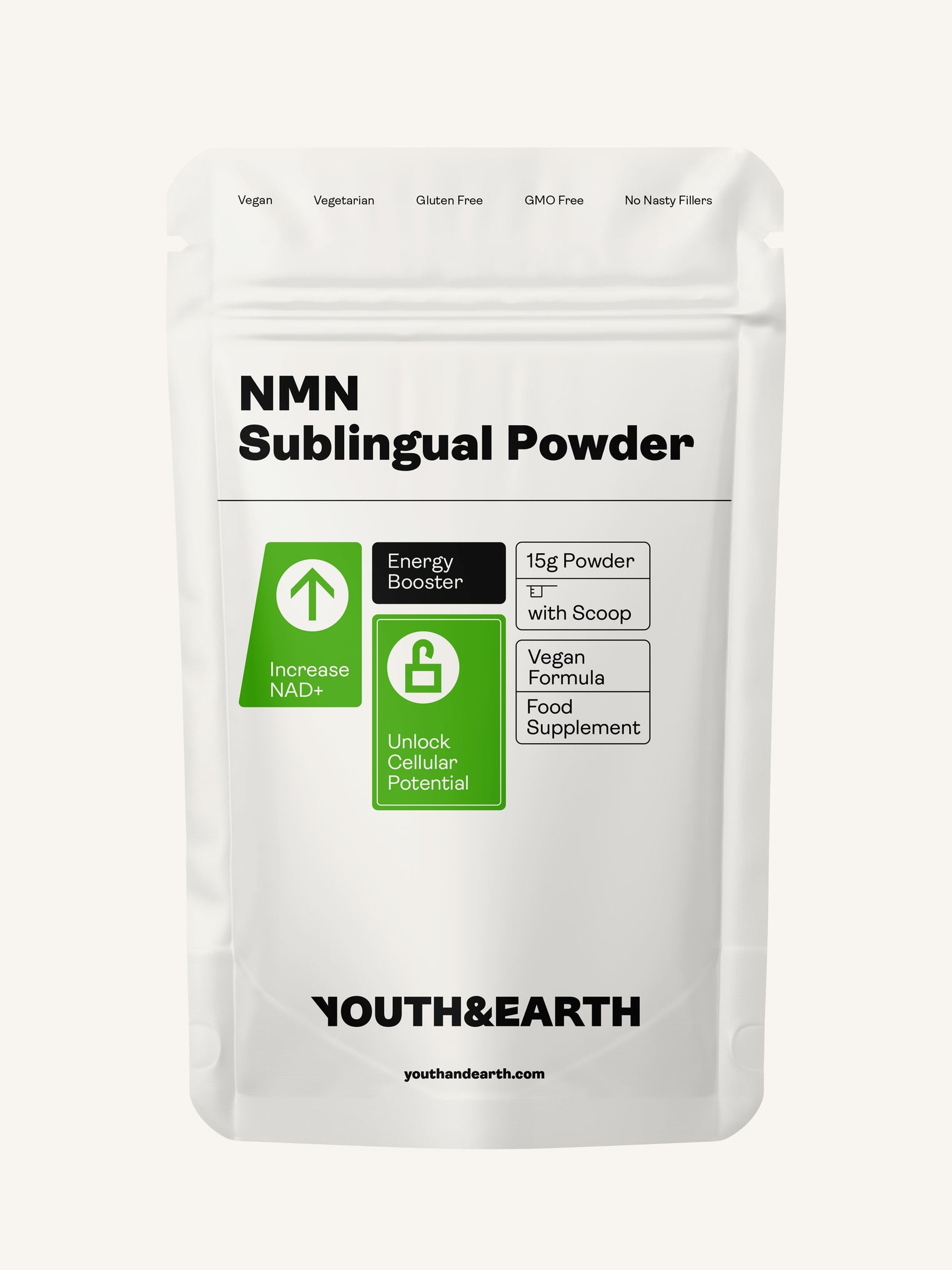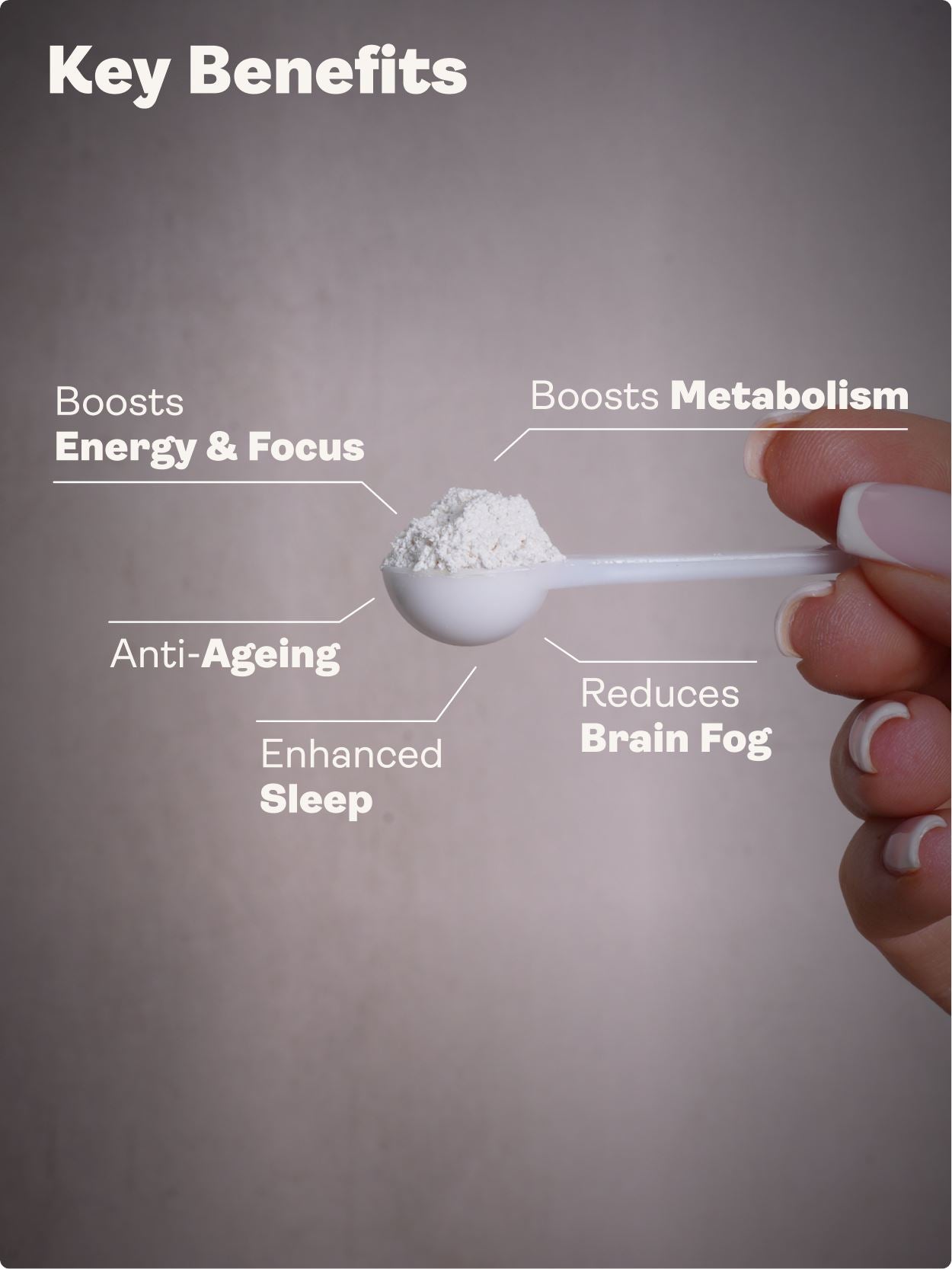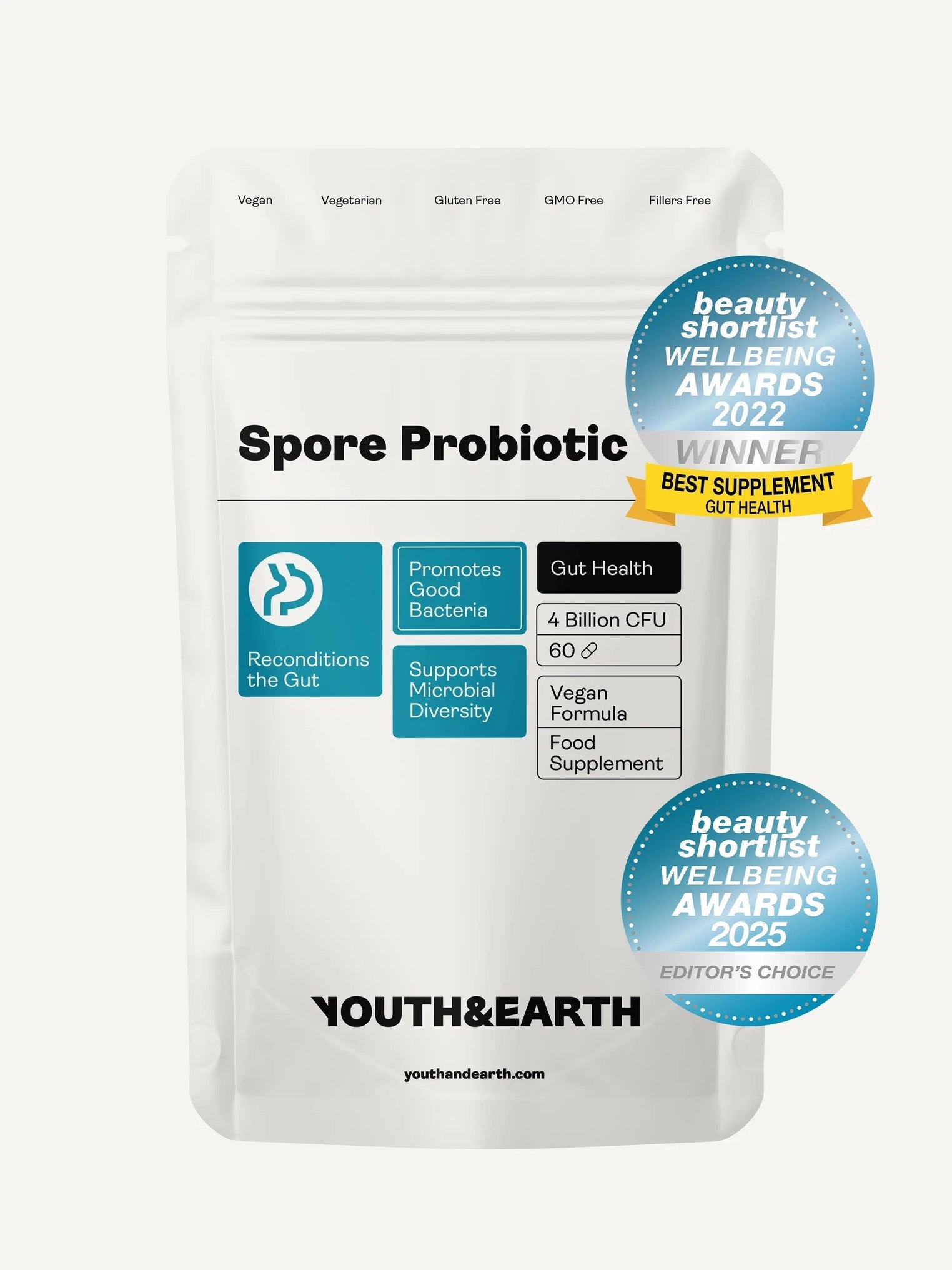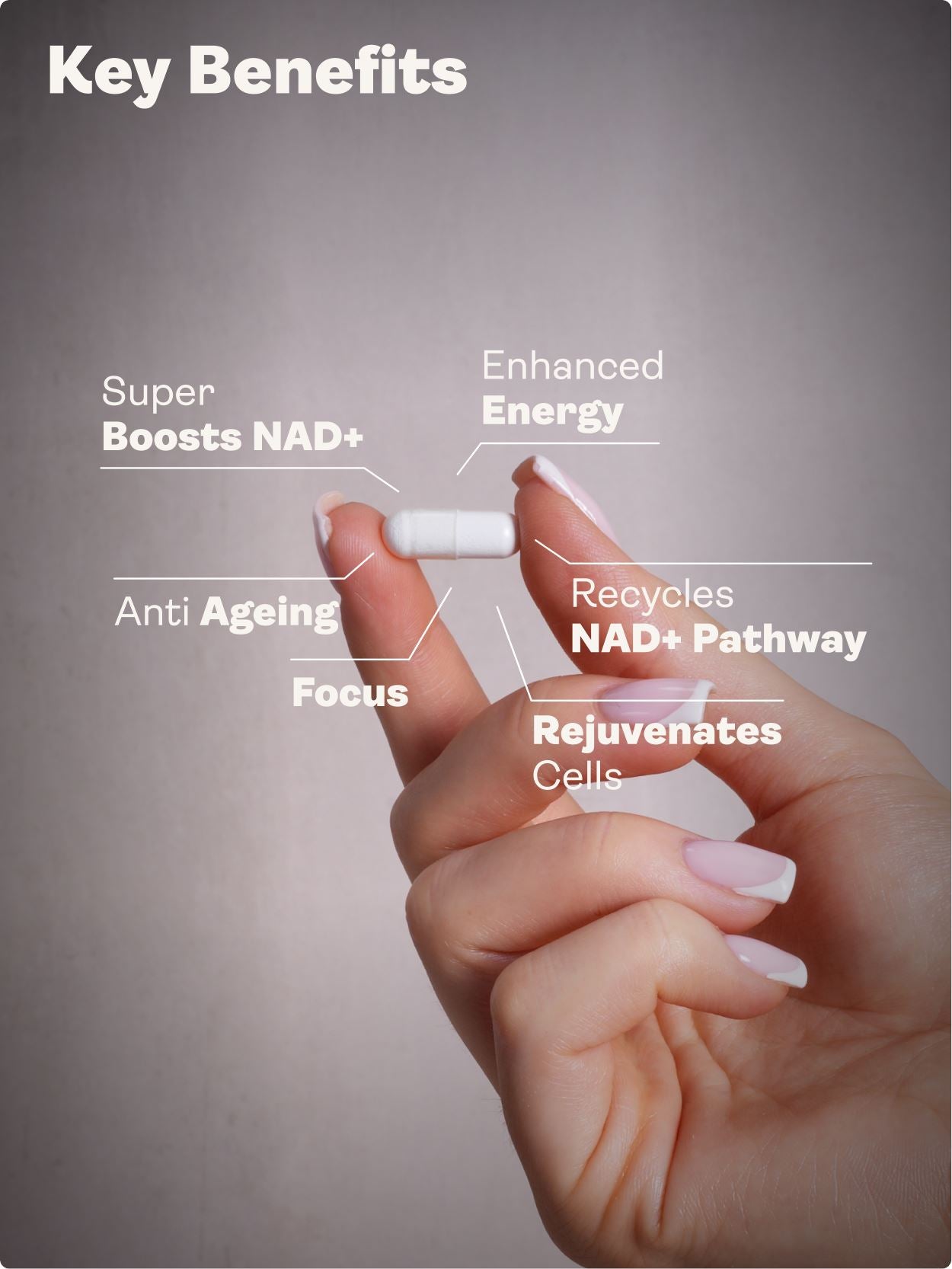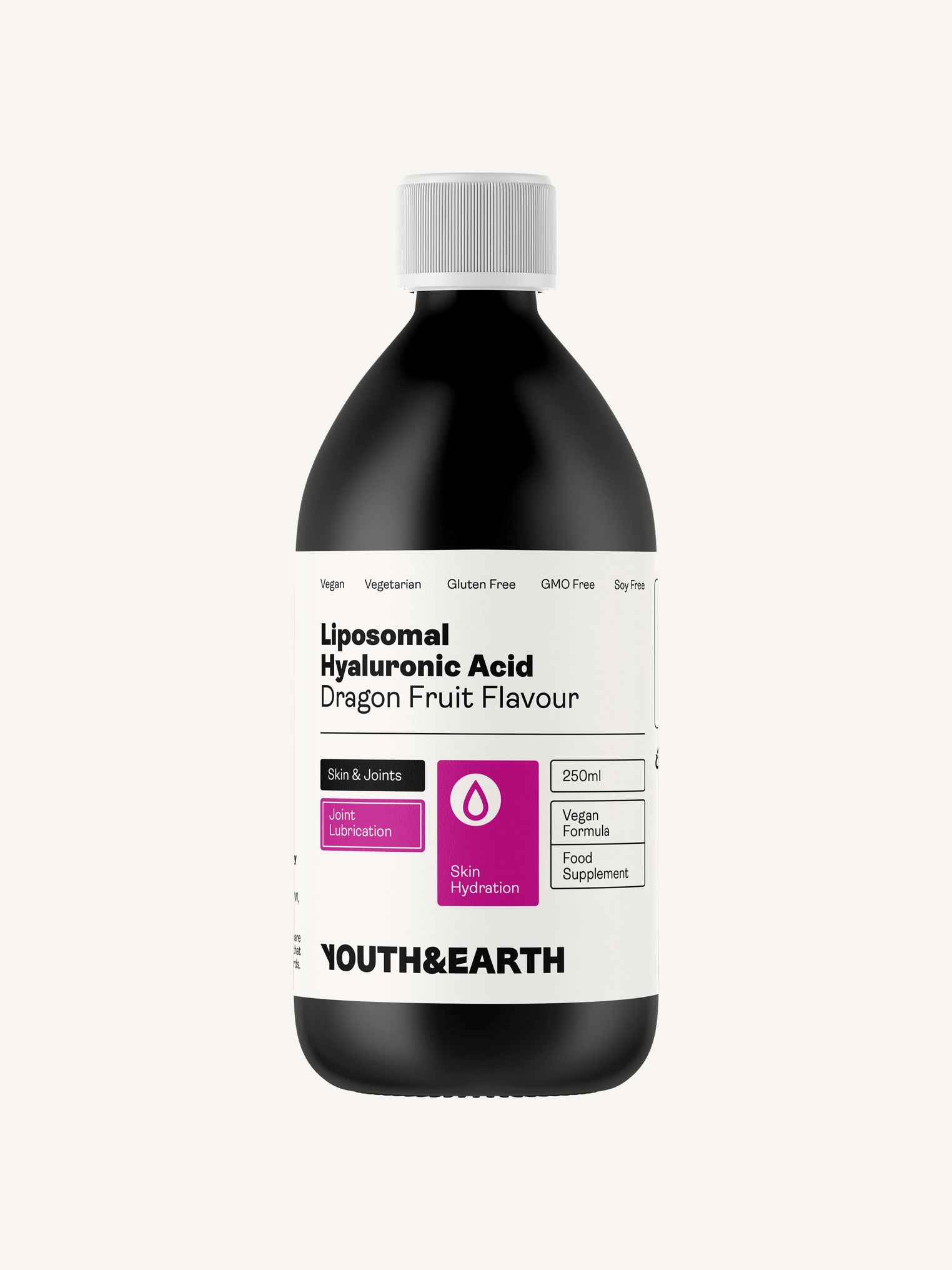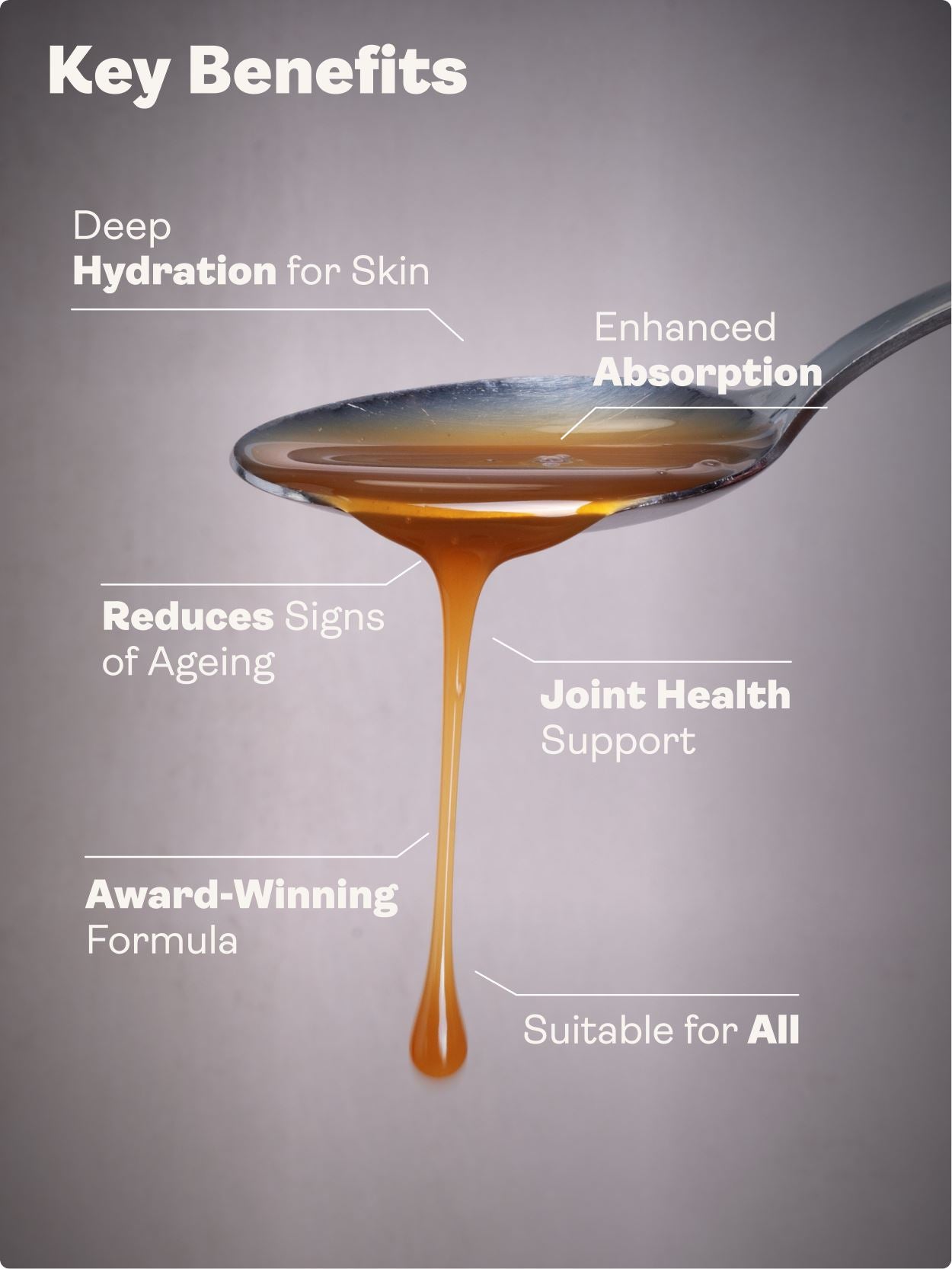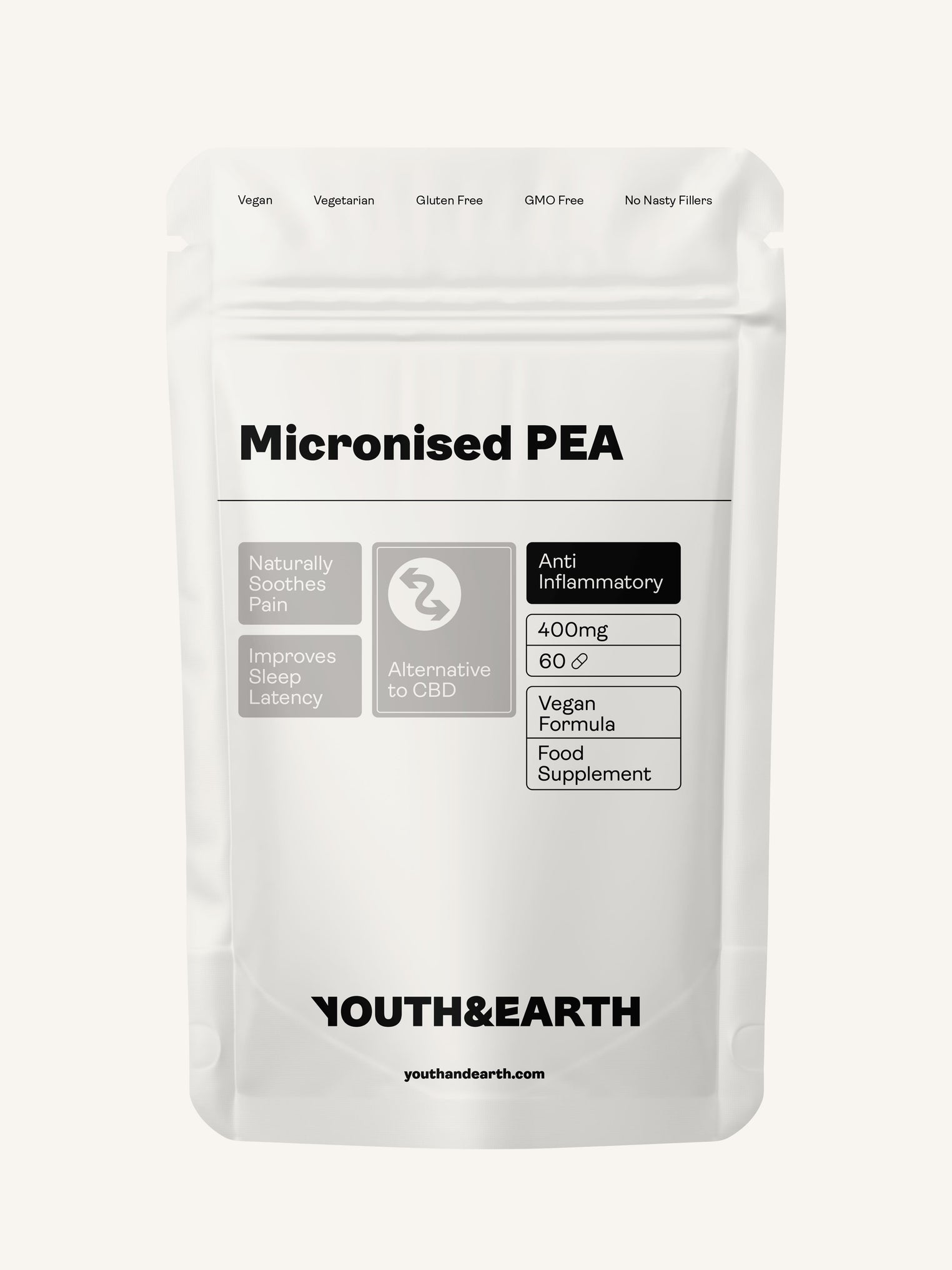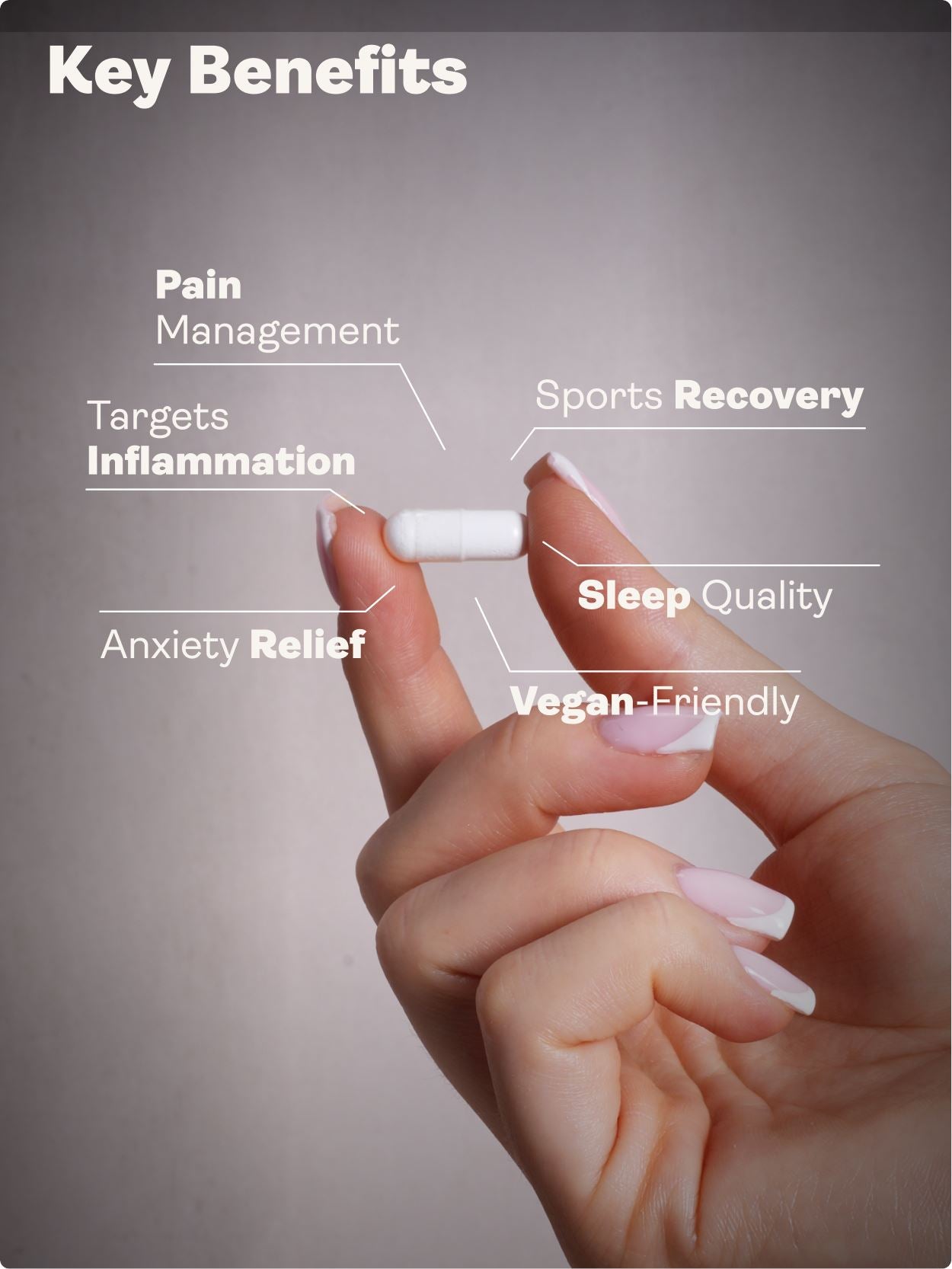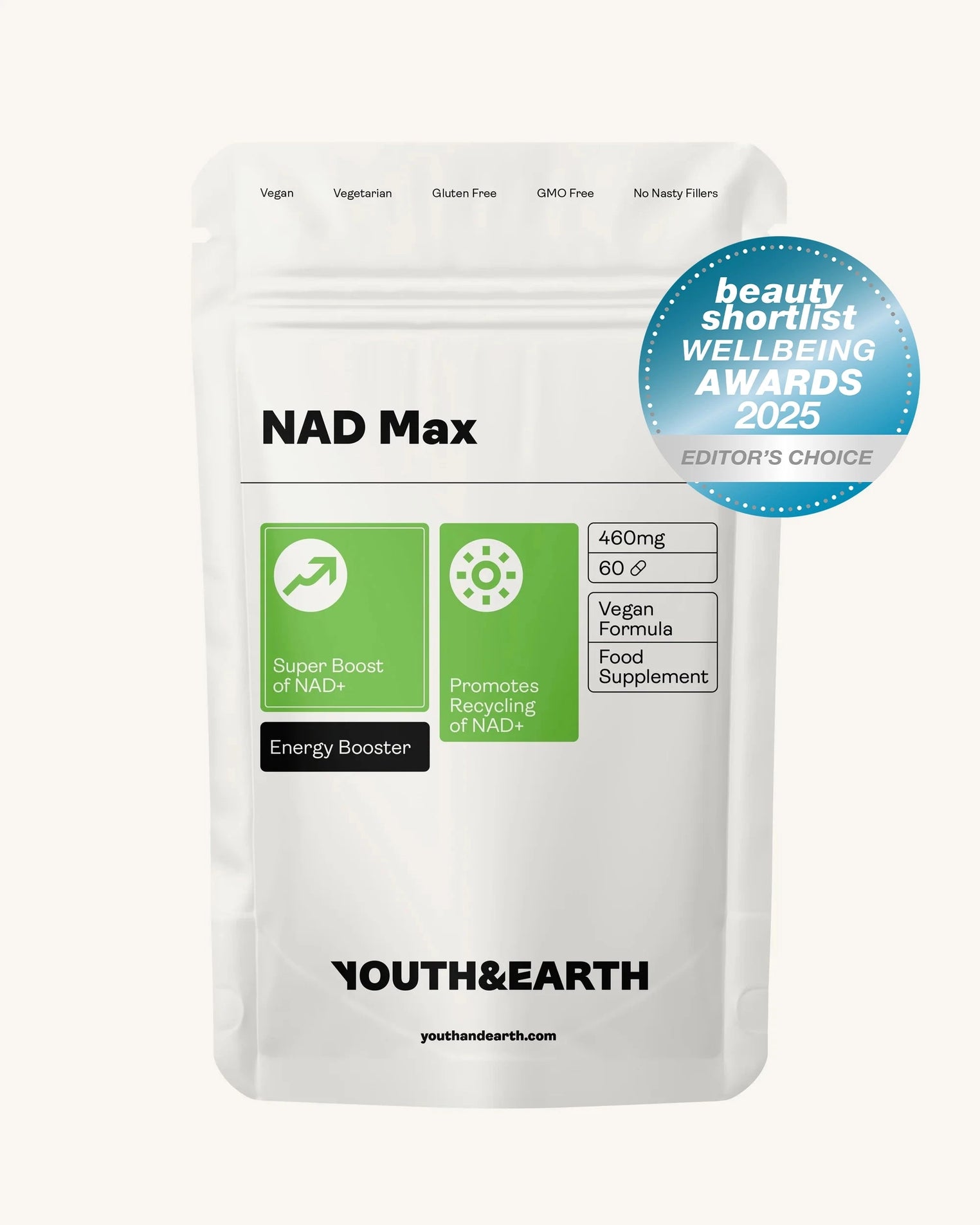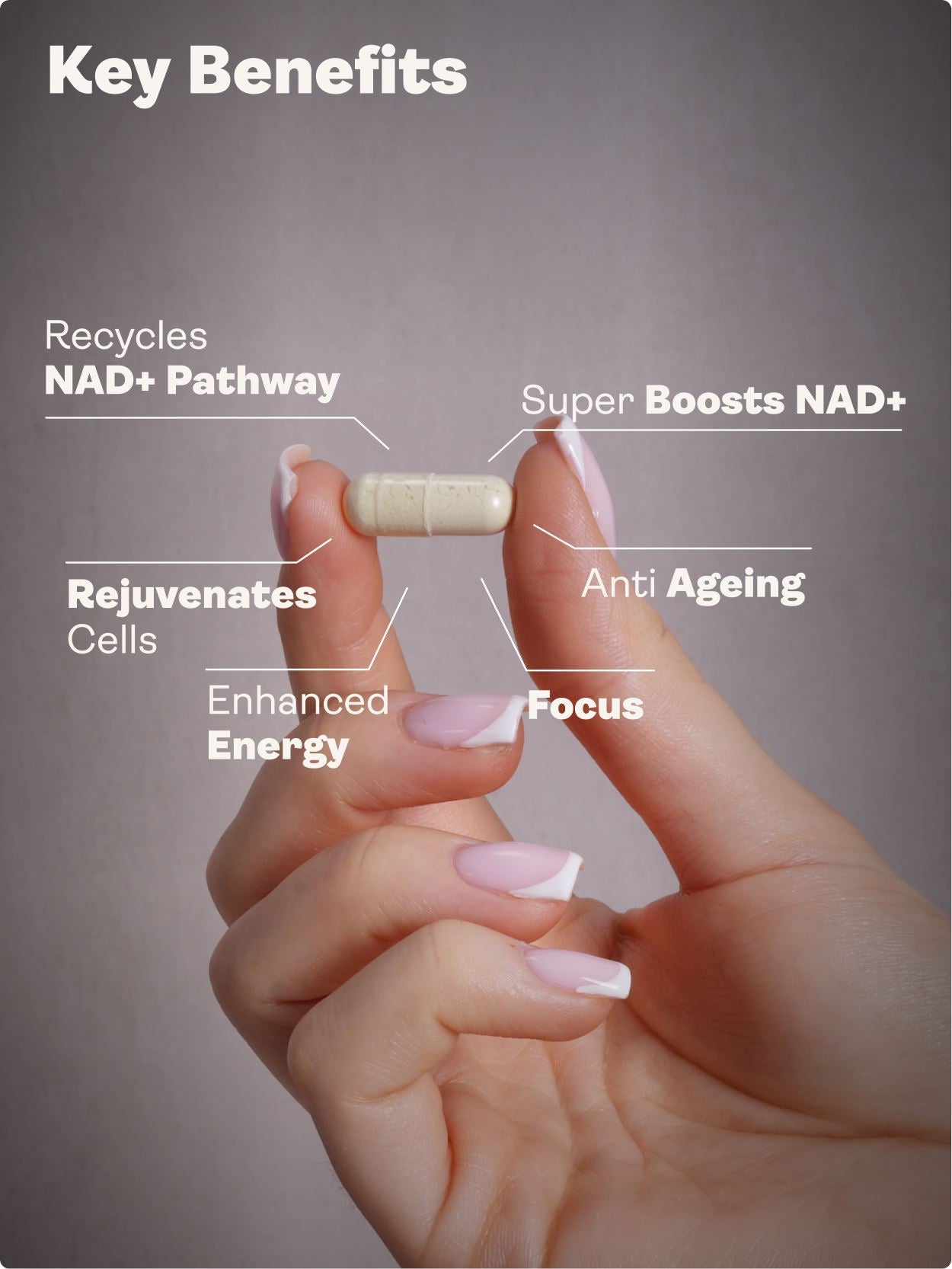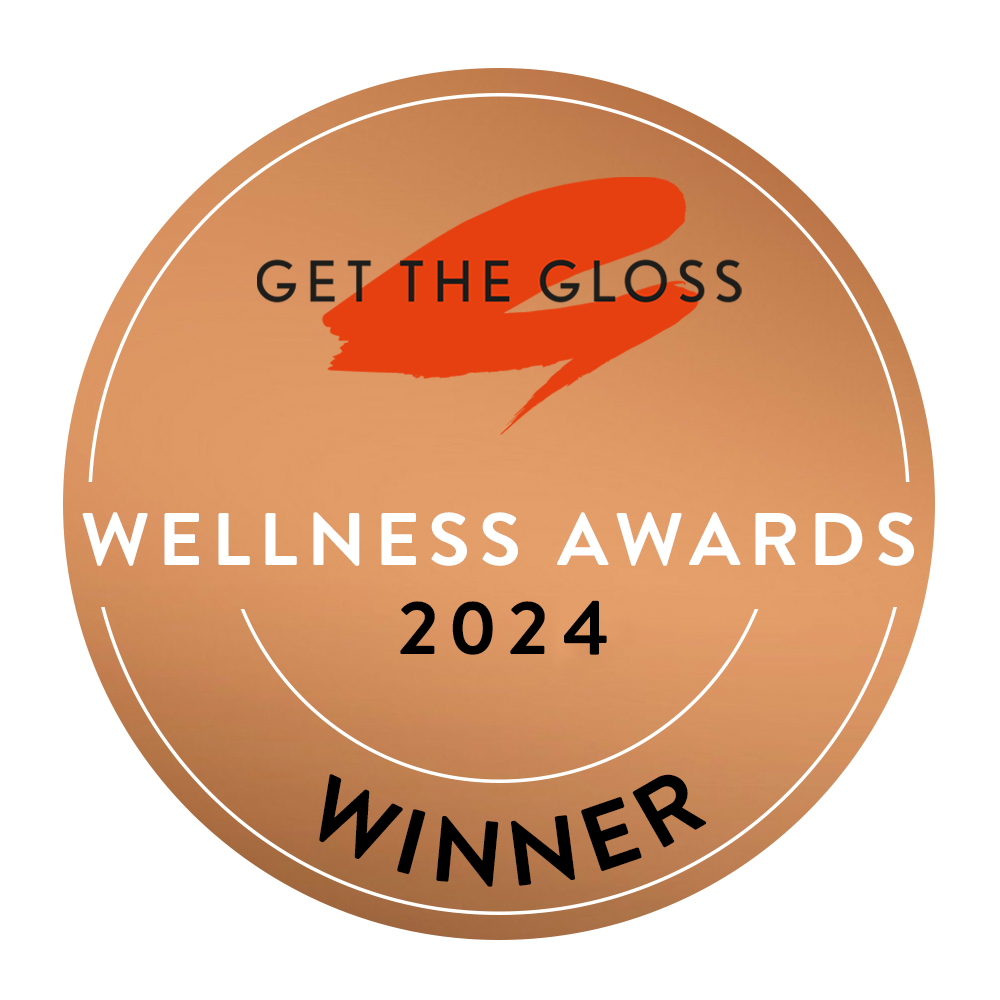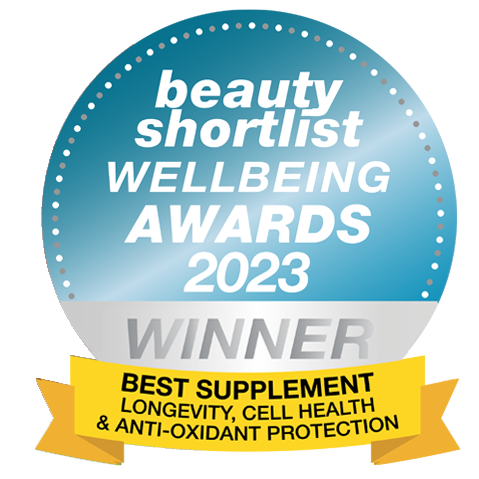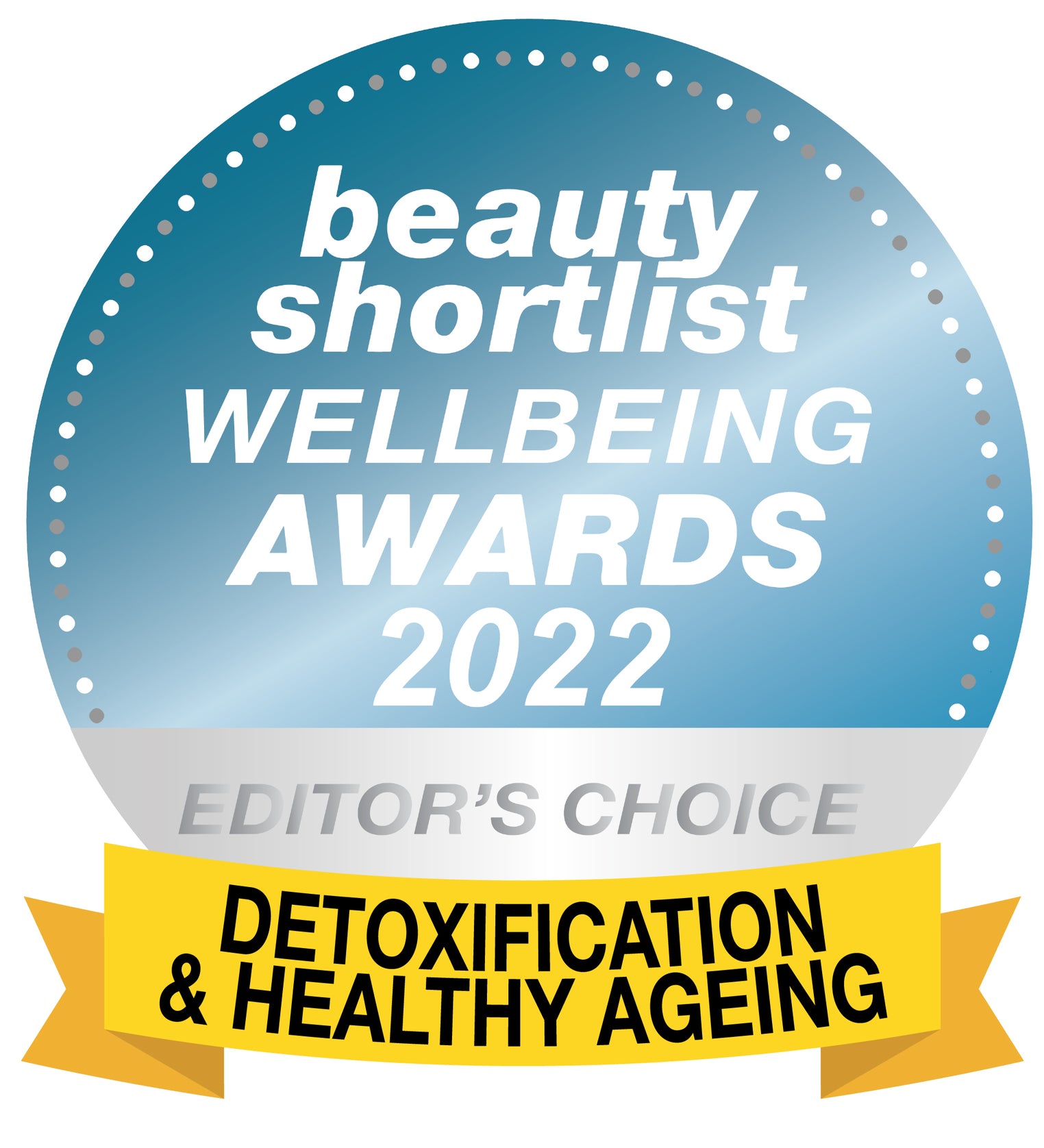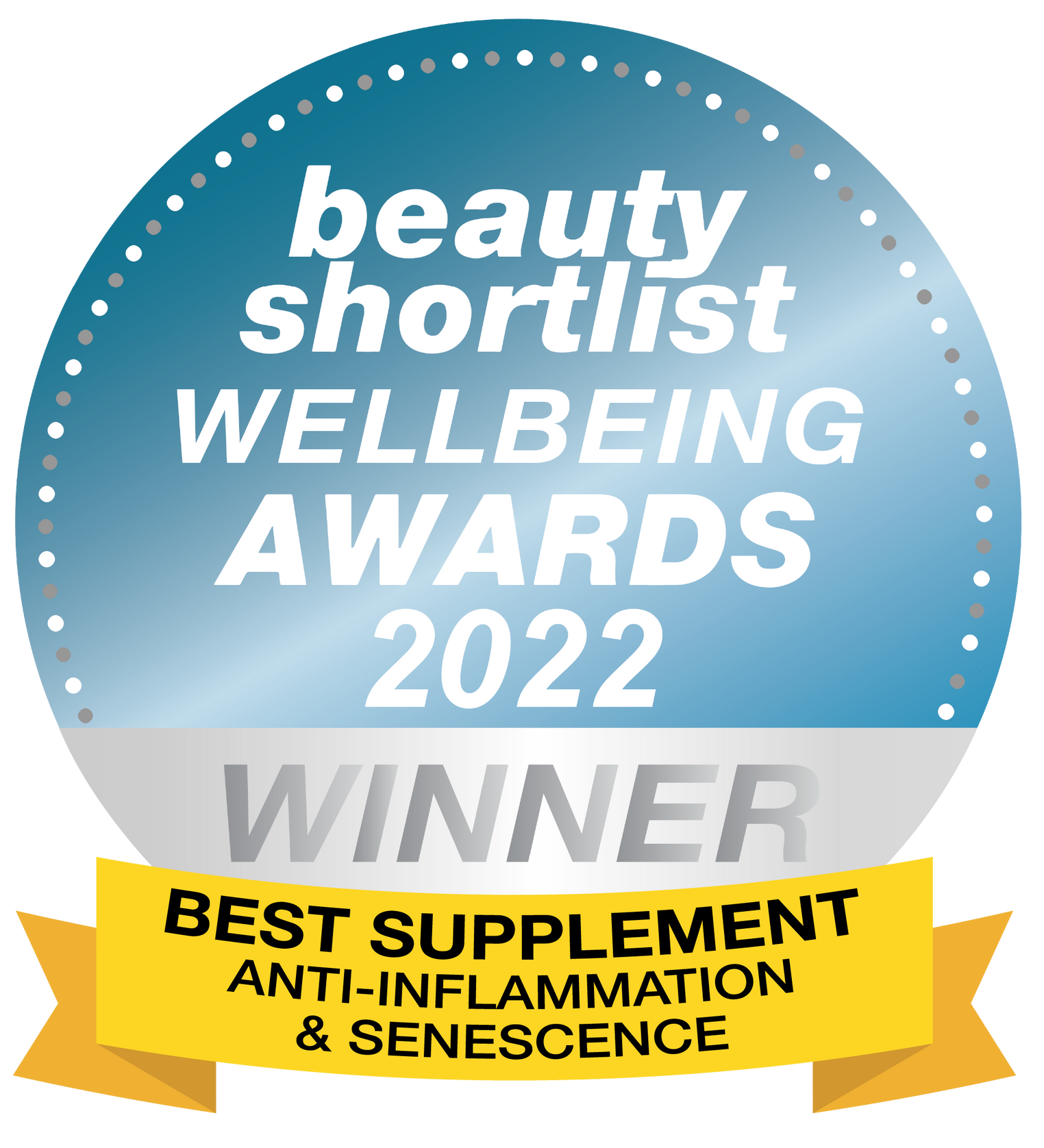Why Do People in Blue Zones Live Longer?
What makes Blue Zones special? How can their habits extend your healthspan?
Blue Zones are five regions where people live into their 90s or 100s with minimal disease. Their plant-based diets, daily movement, social bonds, and low stress activate longevity pathways like Sirtuins and AMPK, supporting energy, repair, and resilience.
TL;DR Summary
Blue Zones achieve longevity through plant-heavy diets, natural movement, and community, targeting Sirtuins, AMPK, mTOR, and NF-kB pathways. Mimic these with whole foods, fasting, exercise, and supplements like Nicotinamide Mononucleotide (NMN) or Berberine. These habits reduce inflammation, boost metabolism, and promote healthy aging.
Table of Contents |
What Are Blue Zones?
Blue Zones are regions where residents live to 90 or 100 with exceptional health. Identified by Dan Buettner in a 2005 National Geographic study, these areas were marked with blue circles on maps, hence the name.
Their lifestyles—plant-based eating, movement, and purpose—drive longevity by activating pathways like Sirtuins. This shows habits shape healthspan.
Why Is Life Expectancy Declining?
Modern countries like the UK face declining life expectancy despite medical advances. Reasons include:
-
Ultra-processed diets inflame and disrupt metabolism.
-
Sedentary routines lower AMPK activation.
-
Chronic stress triggers NF-kB-driven inflammation.
These contrast Blue Zones’ habits, accelerating aging. See pathways section.
Poor lifestyles suppress longevity mechanisms, harming healthspan.
Which Molecular Pathways Control Aging?
Longevity pathways regulate aging, energy, and disease resistance:
-
Sirtuins: Drive DNA repair, reduce inflammation. Activated by NMN from broccoli or fasting (PMC7390530).
-
AMPK (AMP-Activated Protein Kinase): Senses energy, inhibits mTOR. Triggered by exercise, Berberine (PMC8289612).
-
mTOR (Mammalian Target of Rapamycin): Controls growth. Overactivity speeds aging. Suppressed by resveratrol from grapes.
-
NF-kB (Nuclear Factor kappa-light-chain-enhancer): Manages inflammation. Chronic activity accelerates aging. Inhibited by omega-3s from fish.
AMPK inhibits mTOR under energy stress; Sirtuins counter NF-kB. These interactions support resilience. See supplements section.
Pathways govern healthspan. Activating Sirtuins/AMPK slows aging.
Where Are the Blue Zones Located?
Blue Zones include:
-
Icaria, Greece: Mediterranean diet, olive oil, naps.
-
Ogliastra, Sardinia, Italy: Low meat, Cannonau wine, walking.
-
Okinawa, Japan: Soy, Tai Chi, meditation.
-
Nicoya, Costa Rica: Beans, corn, physical labor.
-
Loma Linda, California: Vegetarian, faith-based community.
These share plant-based diets and community, activating longevity pathways.
What Foods Support Longevity?
Blue Zone diets are 90% plant-based, with meat less than five times monthly. Key foods:
-
Legumes: Chickpeas, lentils provide fiber, polyphenols.
-
Whole Grains: Oats, barley balance glucose.
-
Fruits & Vegetables: Tomatoes, carrots offer carotenoids, quercetin.
-
Fish: Omega-3s reduce inflammation.
Functional Compounds
| Compound | Source | Pathway | Benefit |
|---|---|---|---|
| Resveratrol | Grapes, wine | Sirtuins, mTOR | DNA repair, anti-aging |
| Quercetin | Onions, apples | NF-kB | Lowers inflammation |
| Carotenoids | Tomatoes, carrots | AMPK | Heart health |
| Omega-3s | Fish, flaxseeds | NF-kB | Reduces inflammation |
Caloric restriction and moderate wine (1–2 glasses daily) activate AMPK/Sirtuins. See non-diet habits.
Plant-based foods fuel longevity by reducing aging signals.
What Non-Diet Habits?
Non-diet habits include:
-
Movement: Walking, gardening activate AMPK, Sirtuins.
-
Sleep: 7–9 hours plus naps support all pathways.
-
Community & Faith: Meditation, purpose reduce NF-kB via lower stress.
-
Purpose: Multi-generational homes enhance resilience.
-
No Smoking: Avoids oxidative damage.
Pros/Cons of Non-Diet Habits
| Habit | Pros | Cons | Alternatives |
| Movement | Boosts AMPK, energy | Time-intensive | Structured walks |
| Sleep/Naps | Supports pathways | Modern life disrupts | Meditation, power naps |
| Community | Lowers NF-kB | Isolation risk | Online groups, family calls |
These synergize with diet to slow aging. Purpose reduces stress, aiding pathways.
What Can We Learn?
Blue Zone habits teach:
-
Reduce Inflammation: Eat antioxidants (berries), fats (olive oil).
-
Activate Pathways: Fast, exercise, limit calories.
-
Sustain Metabolism: Move daily, sleep well, manage stress.
-
Live Purposefully: Build community, find purpose.
Apply by eating plants, walking, and connecting socially. This mimics Blue Zone longevity.
Can Supplements Mimic?
Supplements target Blue Zone pathways:
Pros/Cons of Supplements vs. Habits
| Option | Pros | Cons | Pathway | Alternative |
| NMN | Boosts NAD+, DNA repair | Costly | Sirtuins | Fasting, broccoli |
| Berberine | Mimics fasting, lowers glucose | GI issues | AMPK, mTOR | Exercise |
| Krill Oil | Anti-inflammatory | Allergen risk | NF-kB | Algal omega-3 |
| PRESERVAGE | Targets mTOR, NF-kB | Limited data | mTOR, NF-kB | Plant diets |
Supplements mimic Blue Zone habits. Consult a doctor, as they support health, not cure diseases (PubMed).
Supplements enhance longevity by replicating natural practices.
Science Snapshot
Science Snapshot A 2023 study links Blue Zone diets to lower inflammation and AMPK/Sirtuin activation (PubMed).
These validate Blue Zone practices like plant diets and fasting.
FAQs About Blue Zones & Longevity
Why do Blue Zones matter? They show lifestyle, not genetics, drives healthspan, per Dan Buettner’s 2005 study.
What are the main longevity pathways? Sirtuins and AMPK promote repair; mTOR and NF-kB, when inhibited, slow aging.
Where are Blue Zones located? Icaria (Greece), Sardinia (Italy), Okinawa (Japan), Nicoya (Costa Rica), Loma Linda (California).
How do Blue Zone diets support longevity? 90% plant-based, rich in legumes, grains, fish. Antioxidants like resveratrol activate Sirtuins.
What non-diet habits explain longevity? Movement, sleep, community, purpose, no smoking reduce stress and support pathways.
Why is life expectancy declining? Poor diets, inactivity, stress increase inflammation, disrupting repair systems.
How can I apply Blue Zone habits? Eat plants, walk, sleep well, connect socially, use NMN or Berberine.
How do spirituality and community affect longevity? They lower stress, reduce NF-kB, and enhance resilience.
Glossary of Key Terms
| Term | Definition |
| Blue Zones | Regions with high centenarian rates due to lifestyle |
| Sirtuins | Proteins for DNA repair, activated by NMN, fasting |
| AMPK | Energy sensor inhibiting mTOR, triggered by exercise |
| mTOR | Growth regulator, suppressed by resveratrol |
| NF-kB | Inflammation driver, inhibited by omega-3s |
| Resveratrol | Grape compound for Sirtuins, mTOR |
| Quercetin | Onion compound reducing NF-kB |
| Omega-3s | Fish fats lowering inflammation |
| Healthspan | Healthy life years, extended by Blue Zones |
| TFEB | Transcription Factor EB, linked to AMPK/Sirtuins for cell cleanup |
Conclusion: Build Your Longevity Routine
-
Eat whole plants and legumes (activates Sirtuins, AMPK).
-
Walk or garden daily (boosts AMPK).
-
Sleep 7–9 hours, nap occasionally (supports all pathways).
-
Build community and purpose (reduces NF-kB).
-
Supplement with NMN or Berberine (mimics fasting).
These pathways interact: AMPK inhibits mTOR, Sirtuins reduce inflammation, community lowers stress. They do not act in isolation—they reinforce resilience for healthy aging.
Start with plant foods, movement, and purpose. Supplements enhance these effects. Consult a doctor, as supplements support health, not cure diseases.
About the Author
Ed Van Harmelen is the founder of Youth & Earth and a passionate advocate for longevity since 2017. He’s been featured in numerous wellness publications and podcasts. Ed’s mission is to make cutting-edge longevity science accessible and actionable for everyone.
Disclaimer: This article is for informational purposes only. It does not replace professional medical advice. Always consult your healthcare provider before starting any new health program.
Last updated: July 12, 2025


